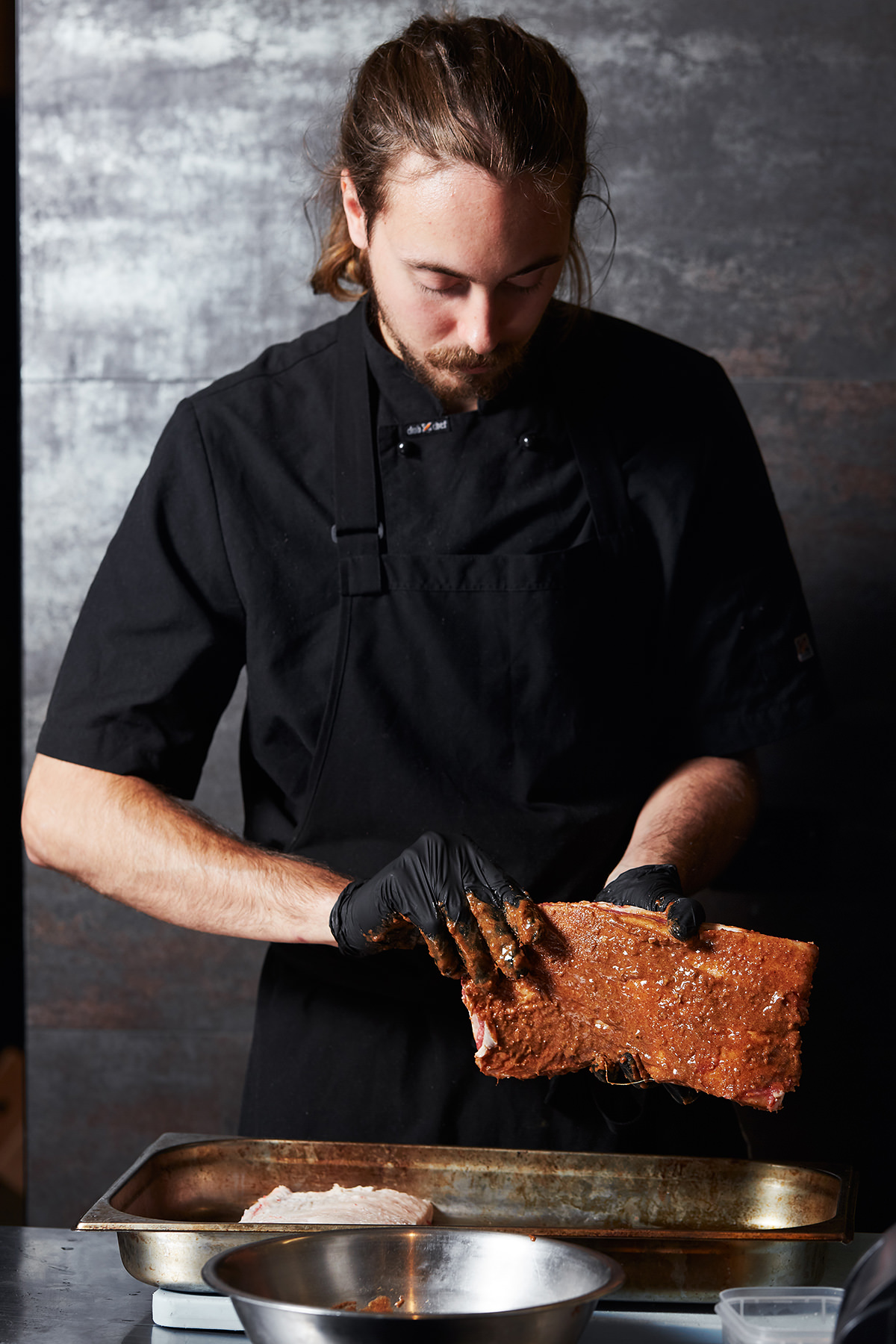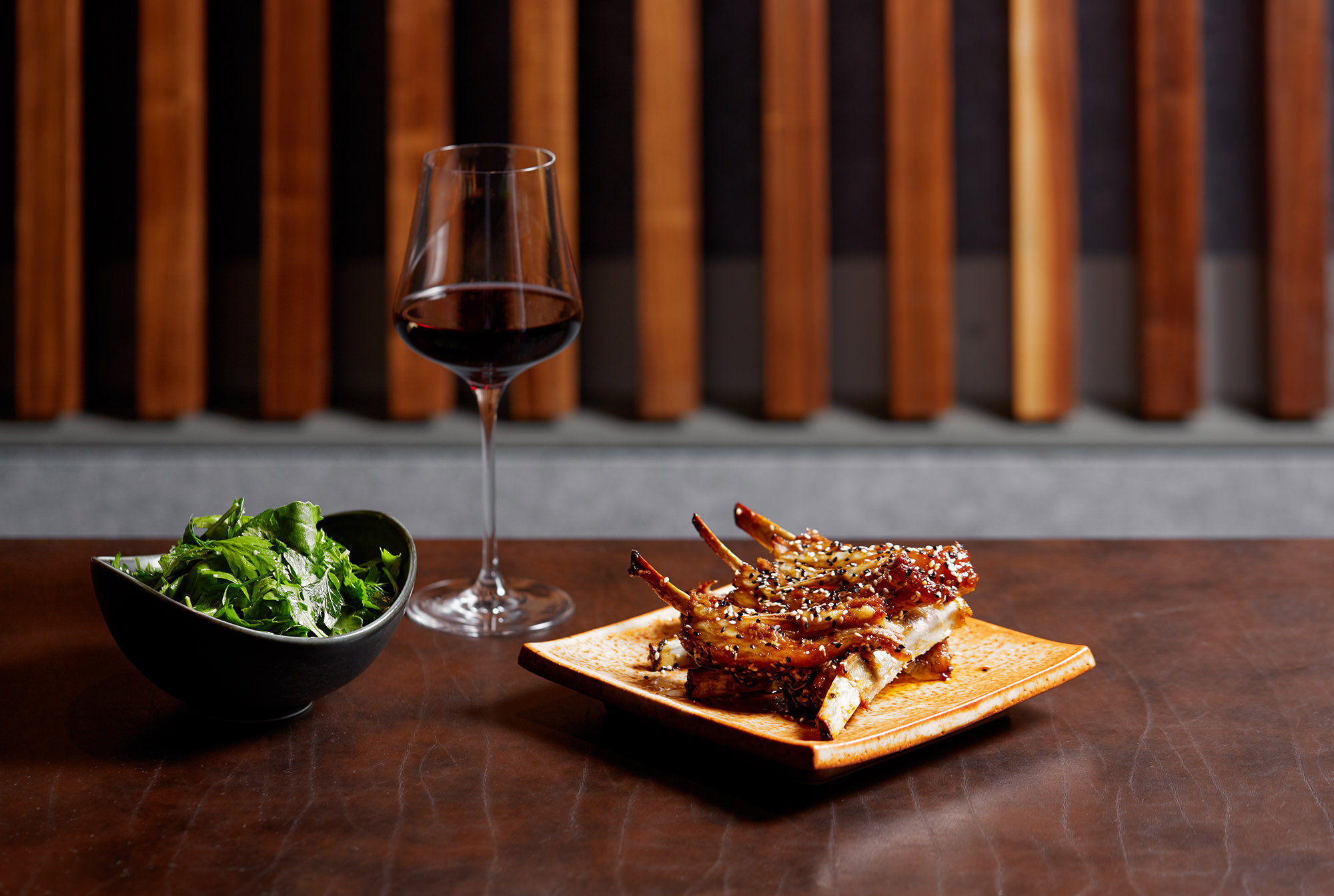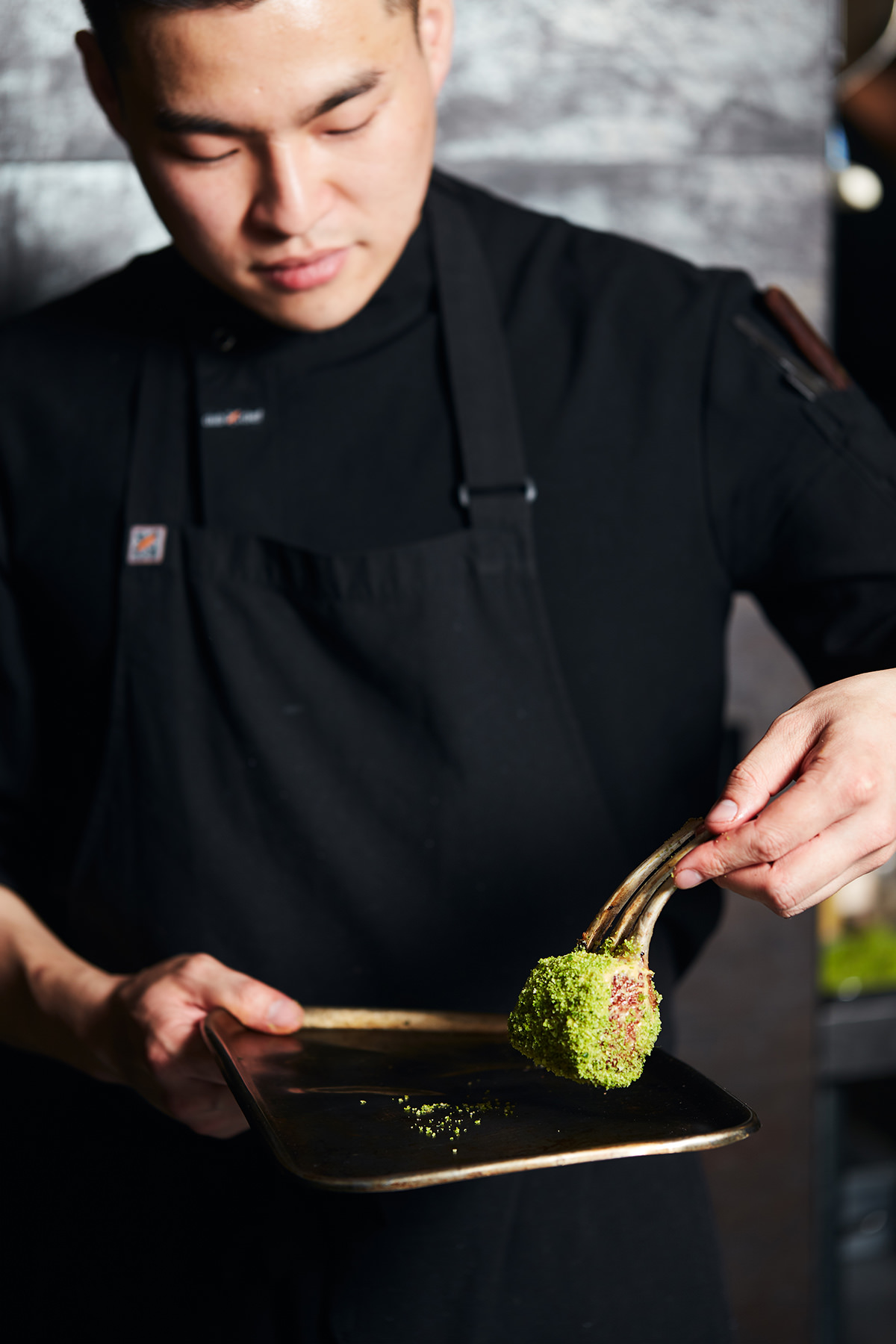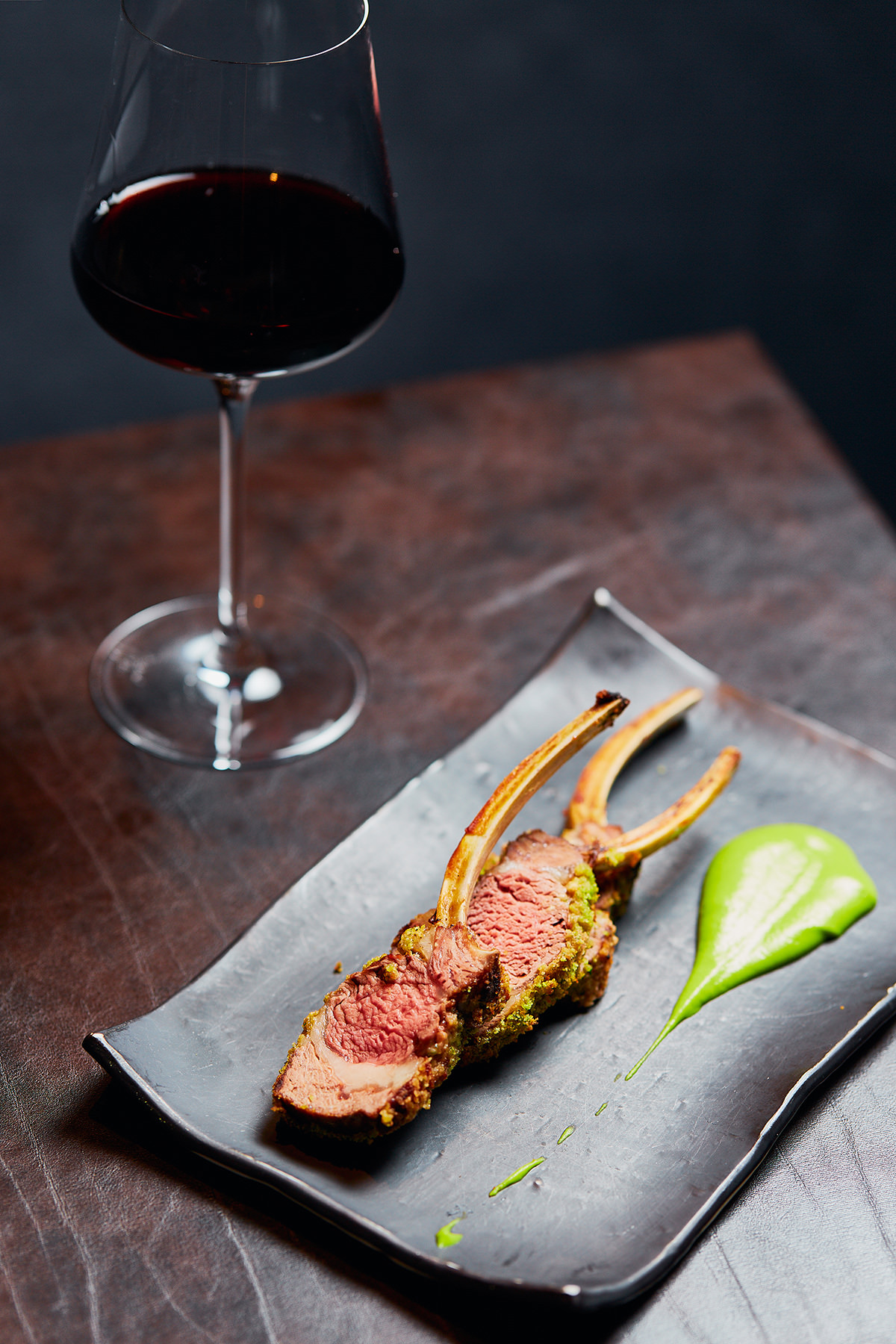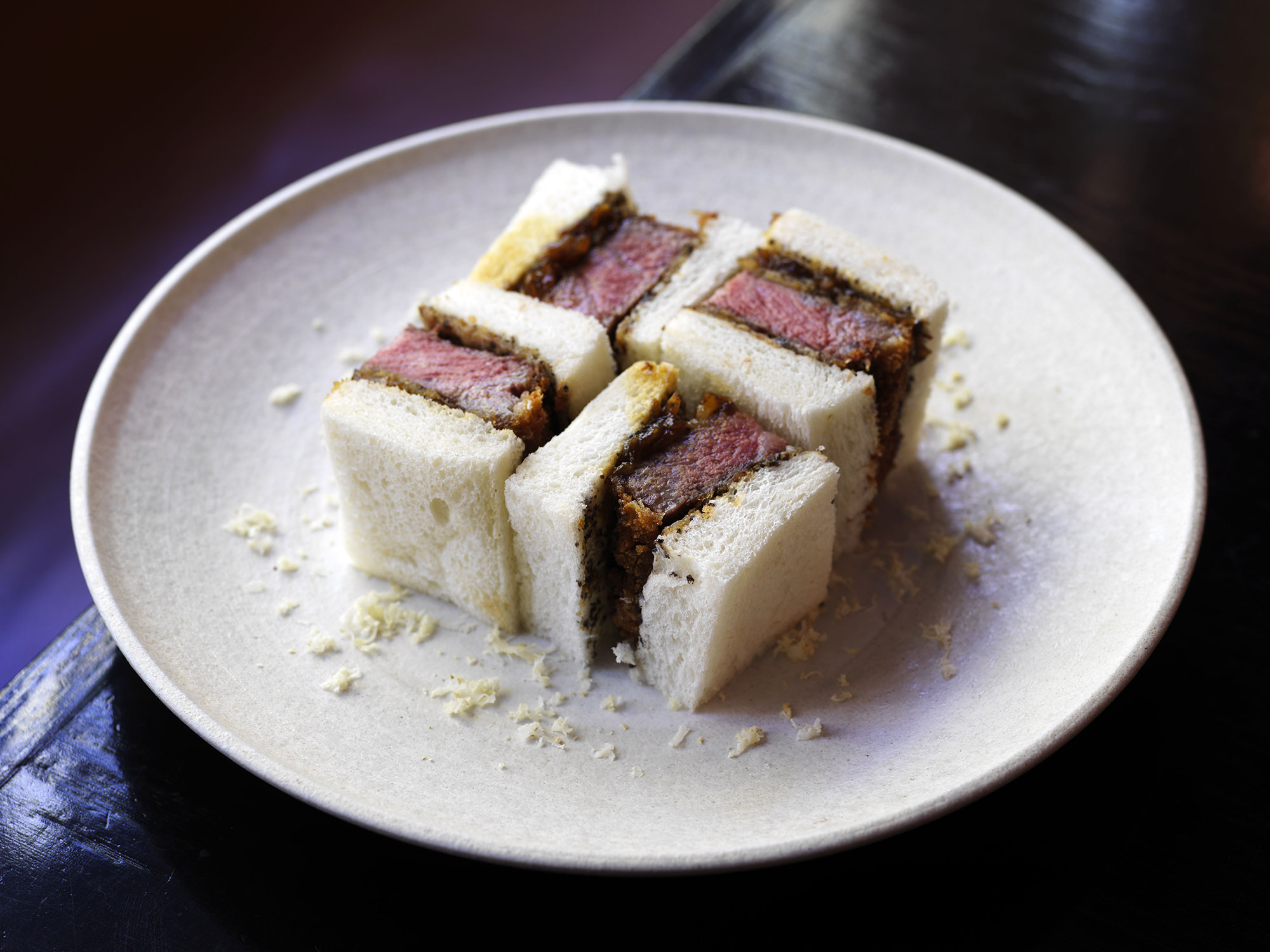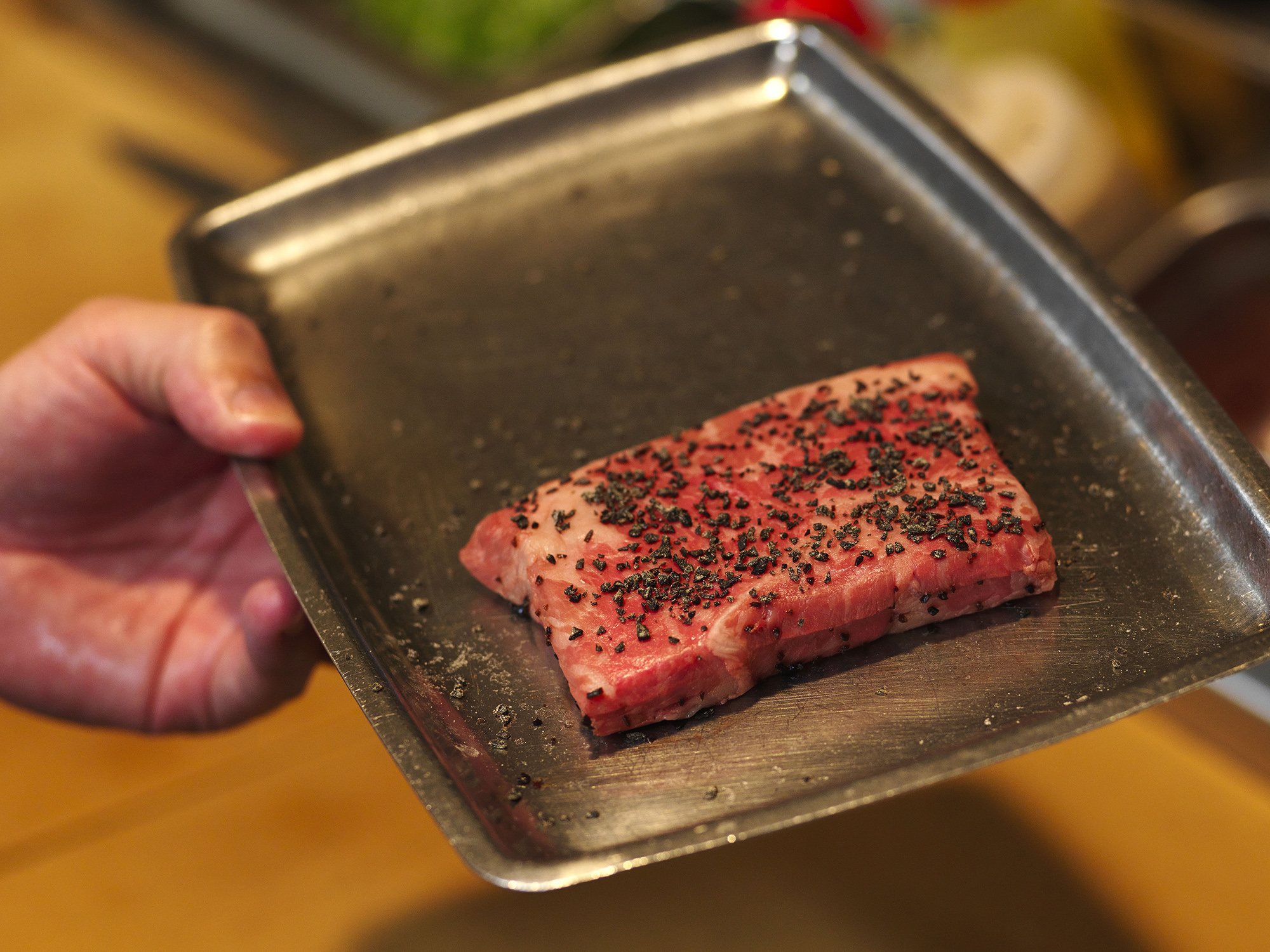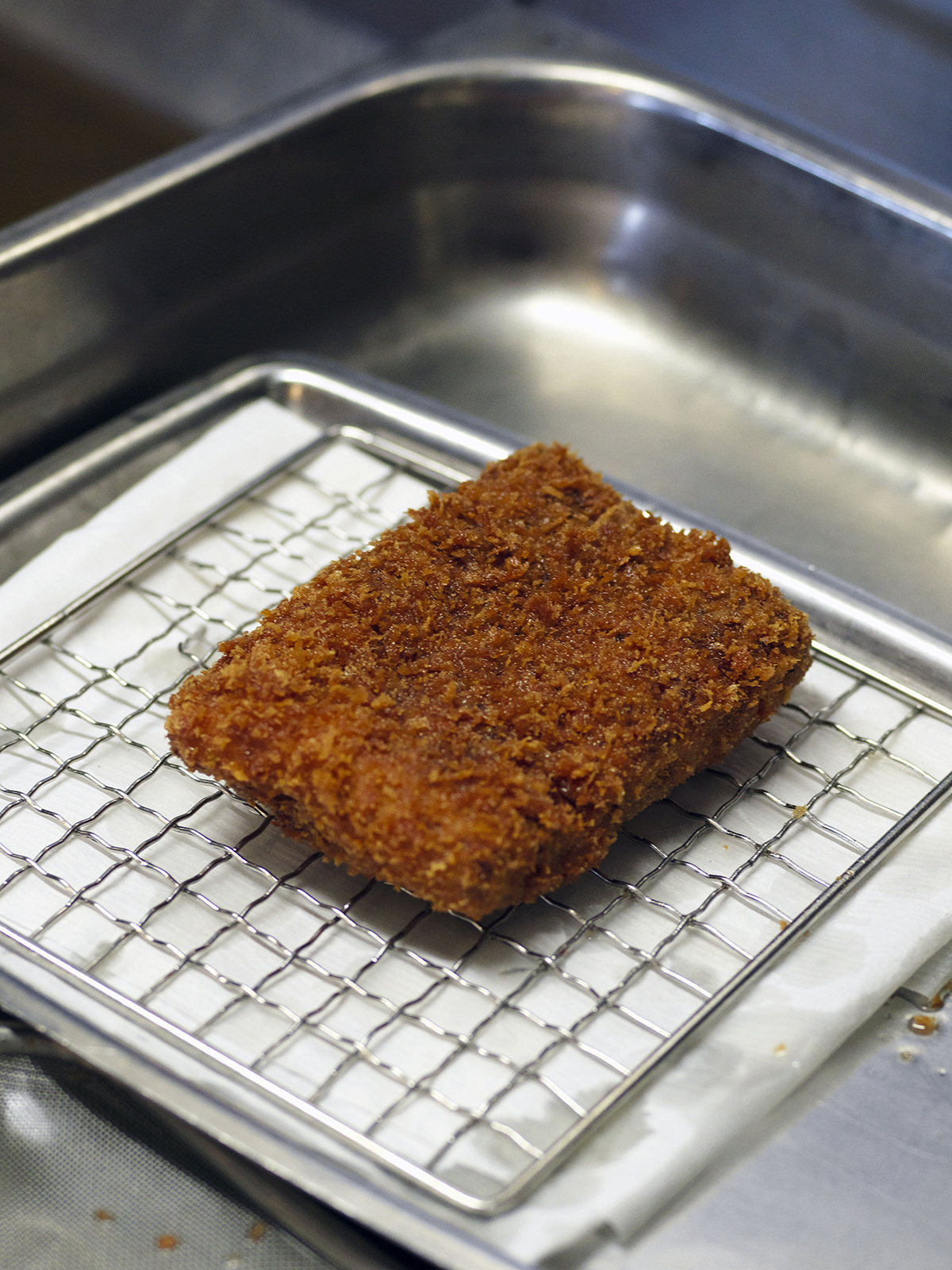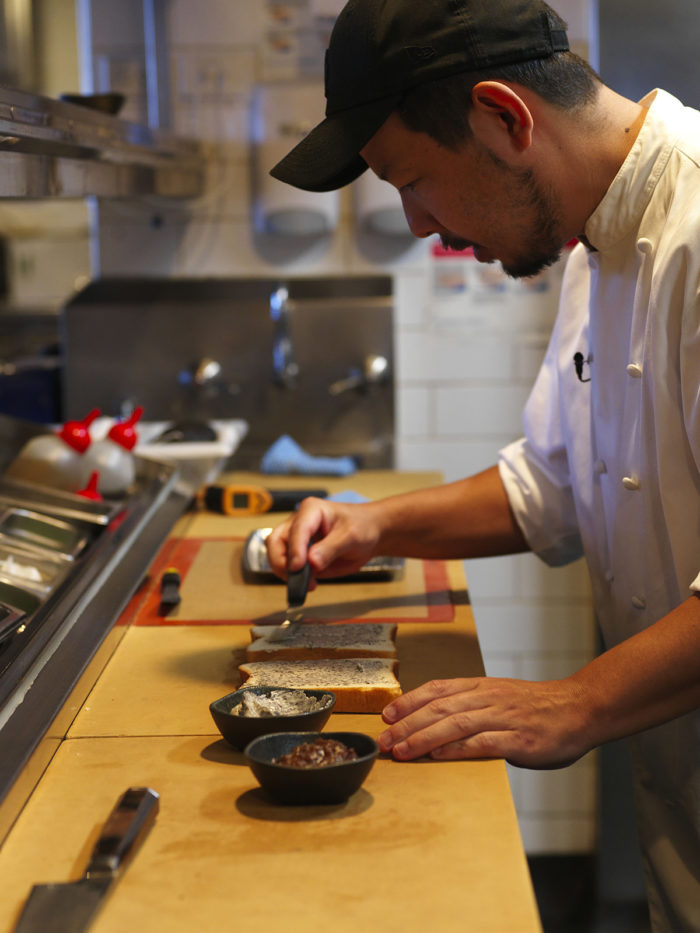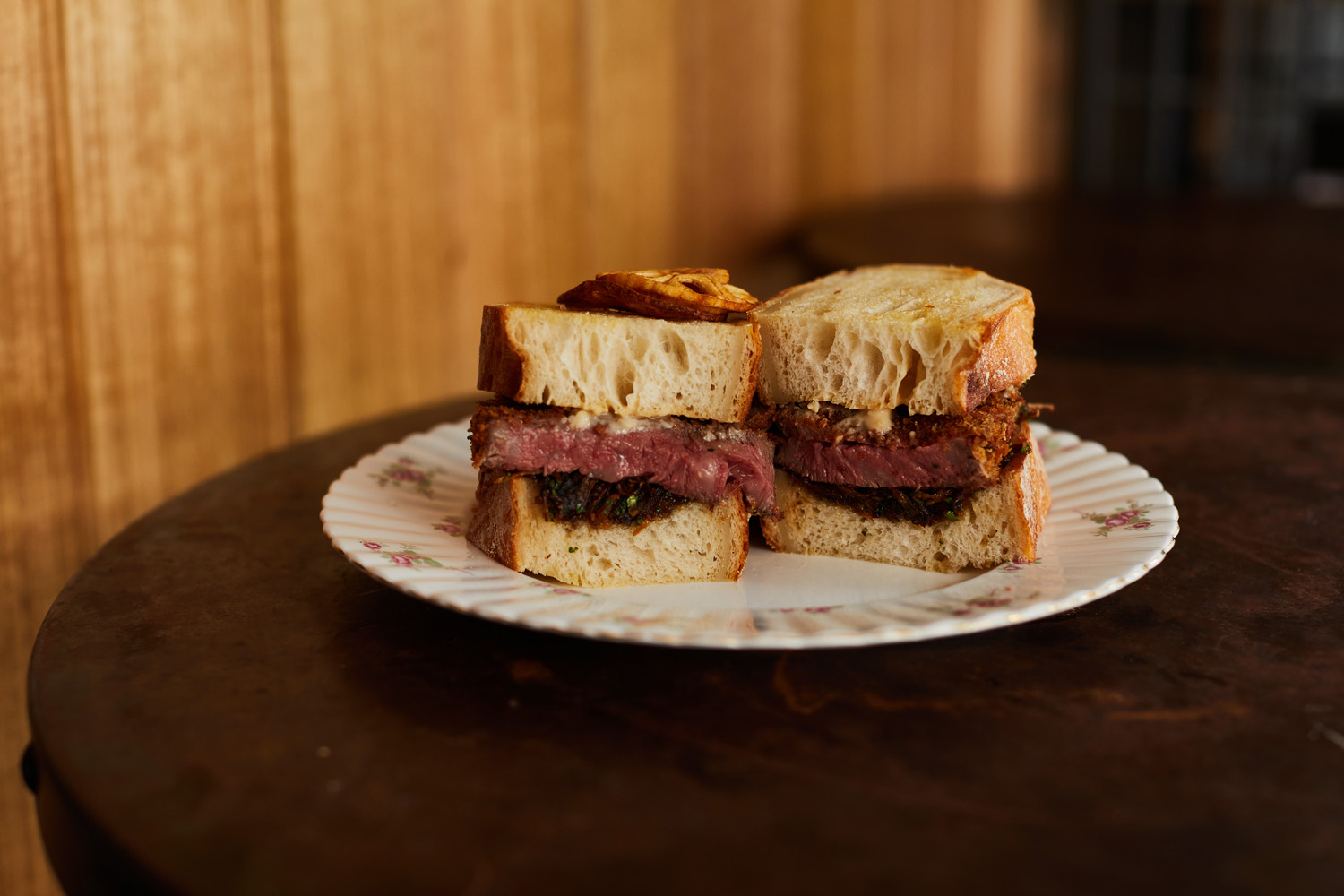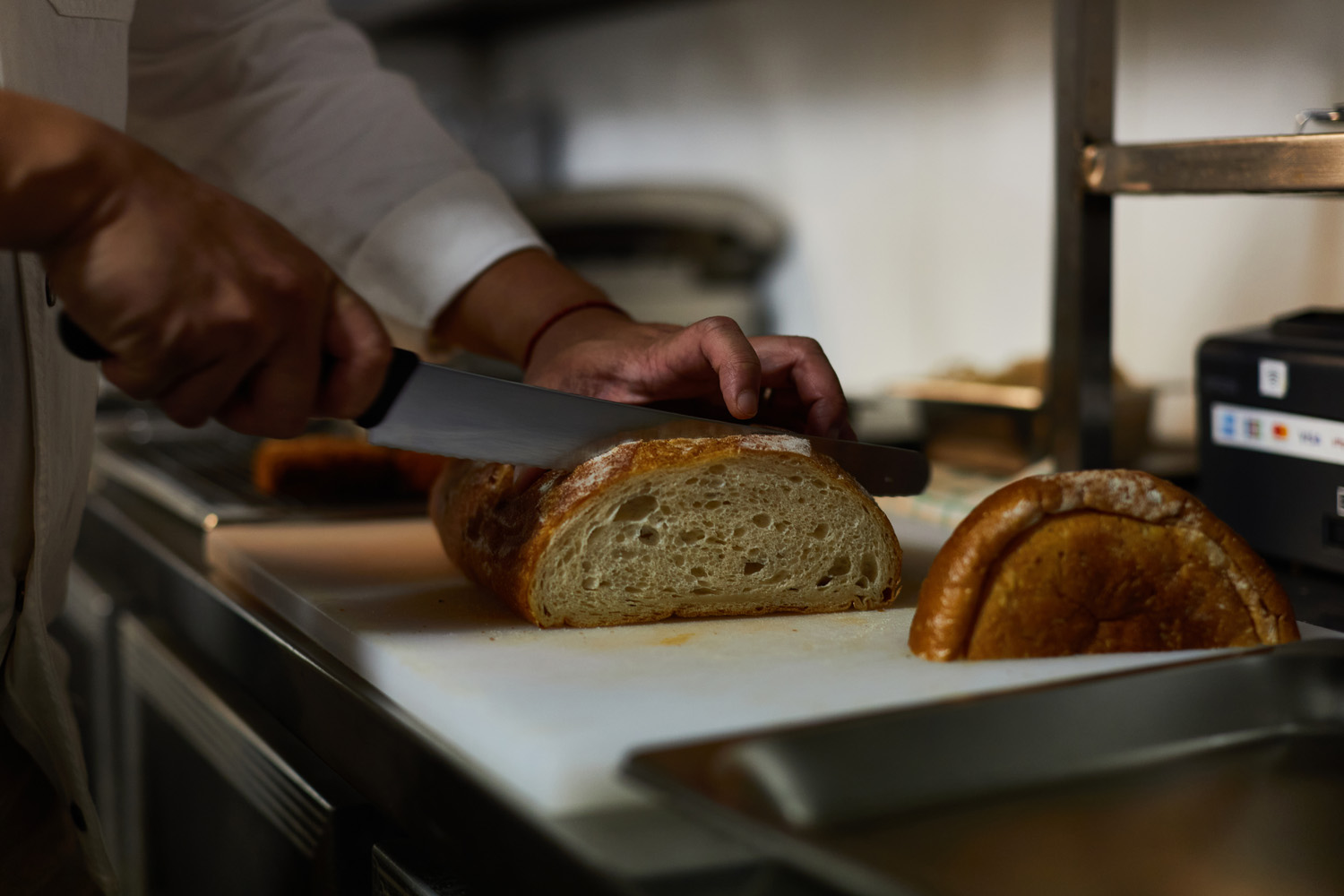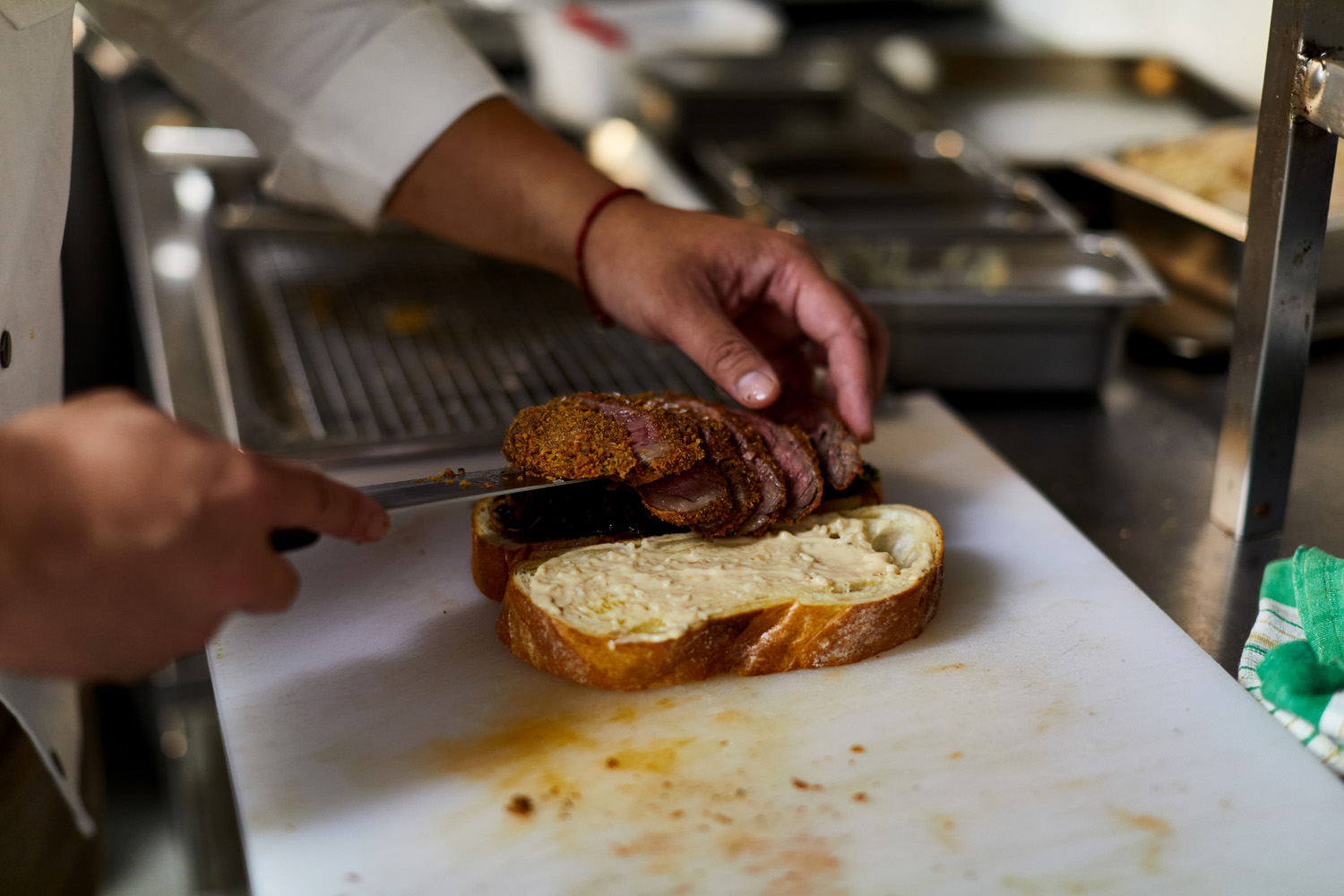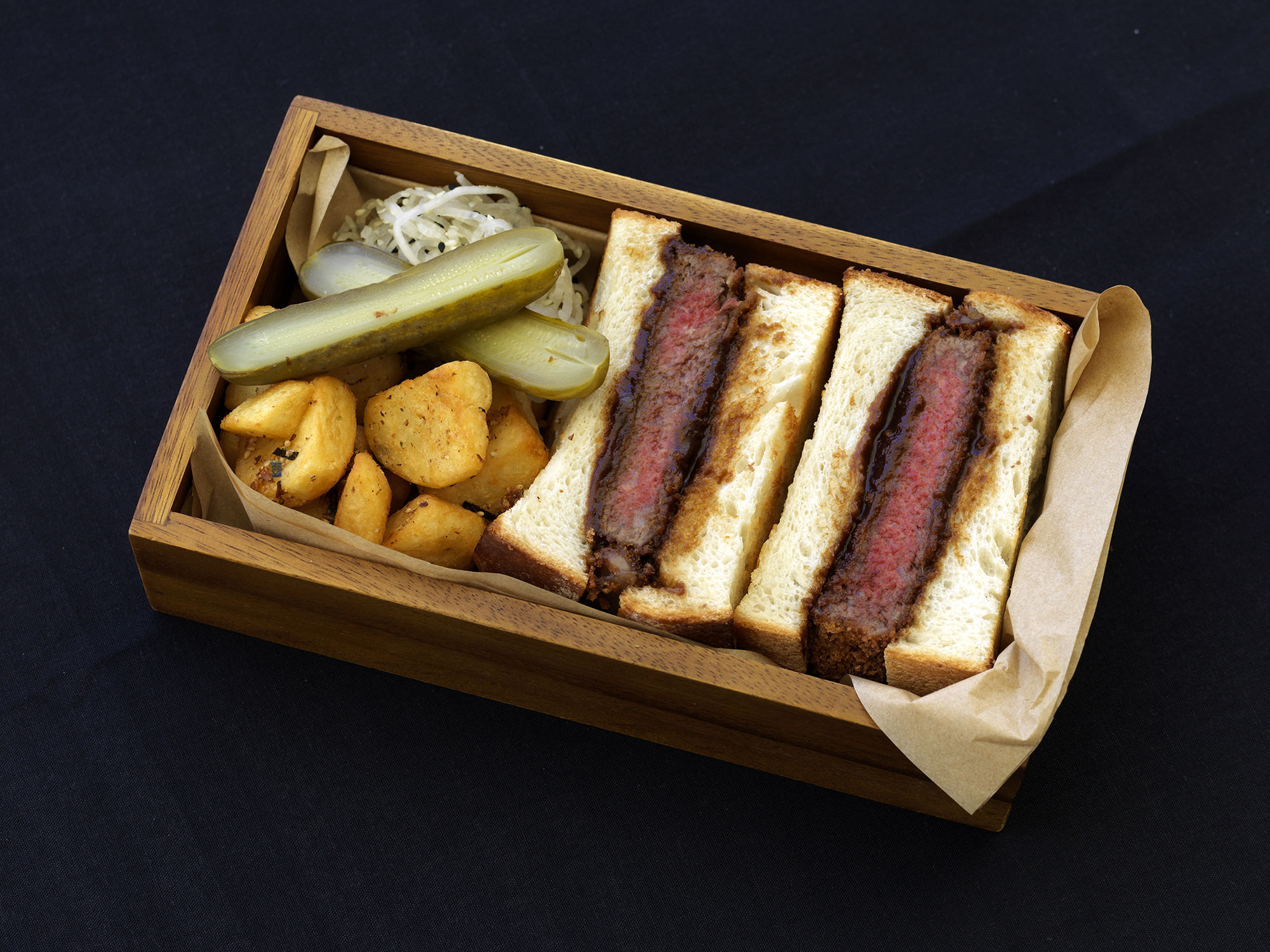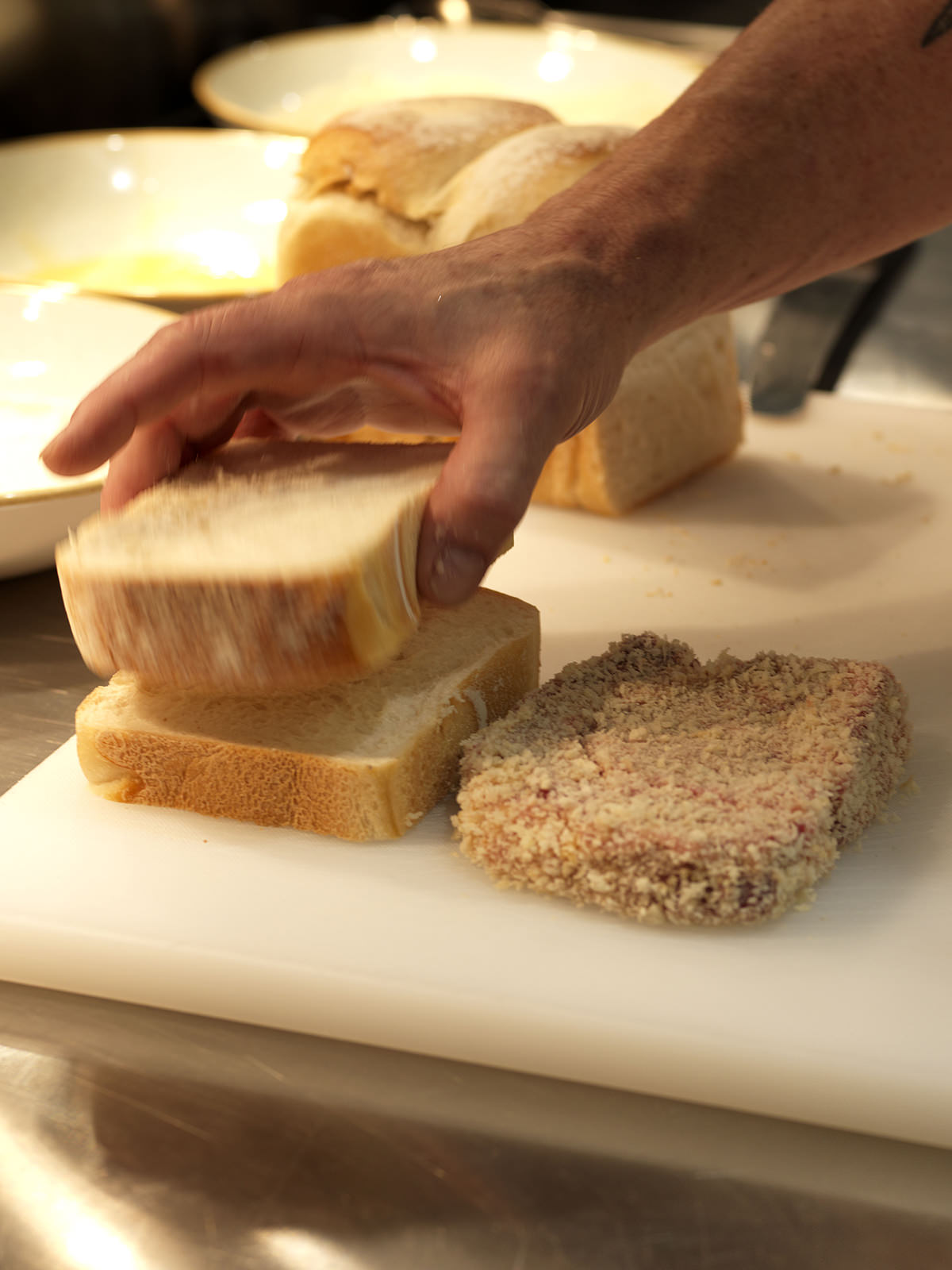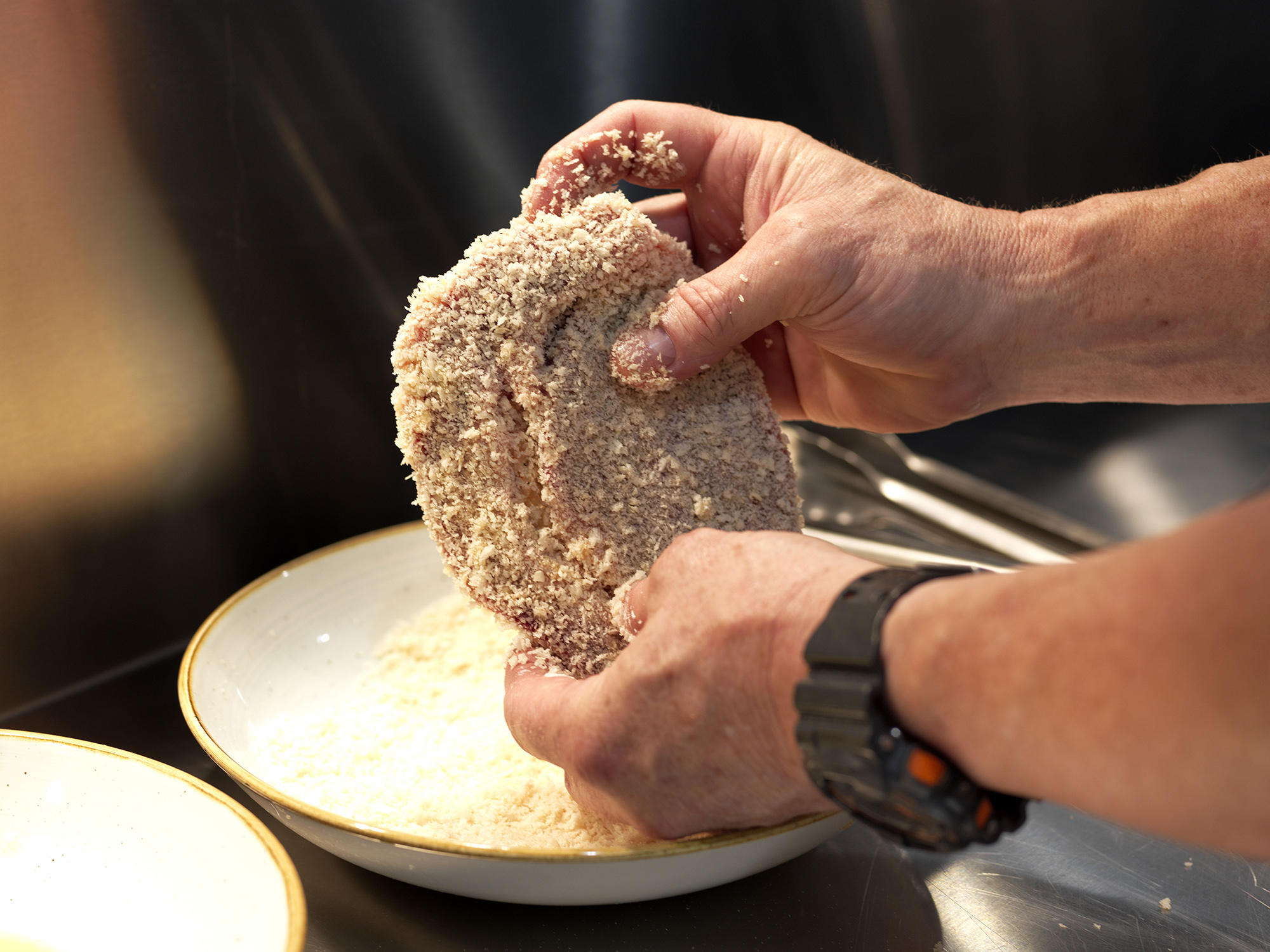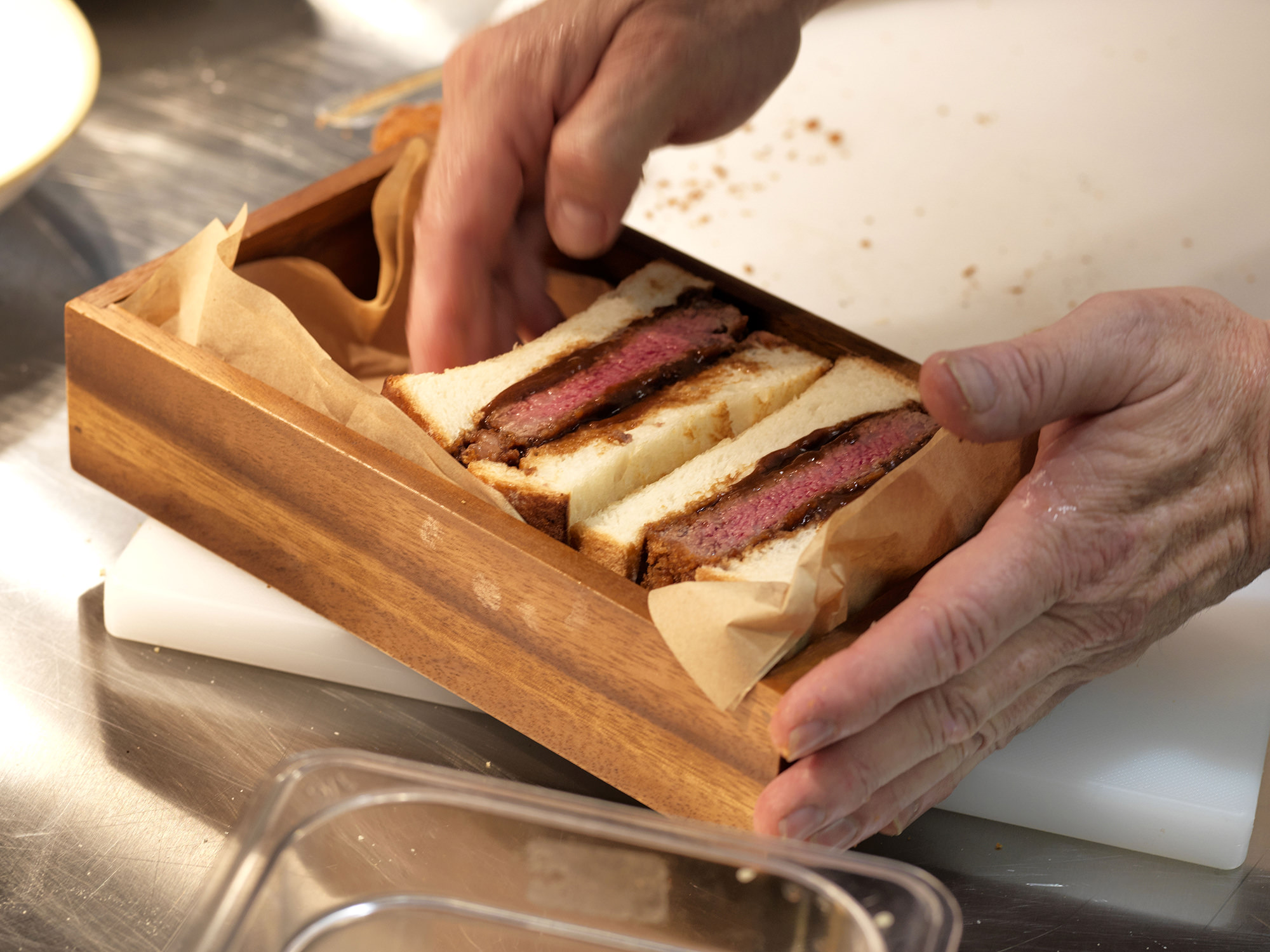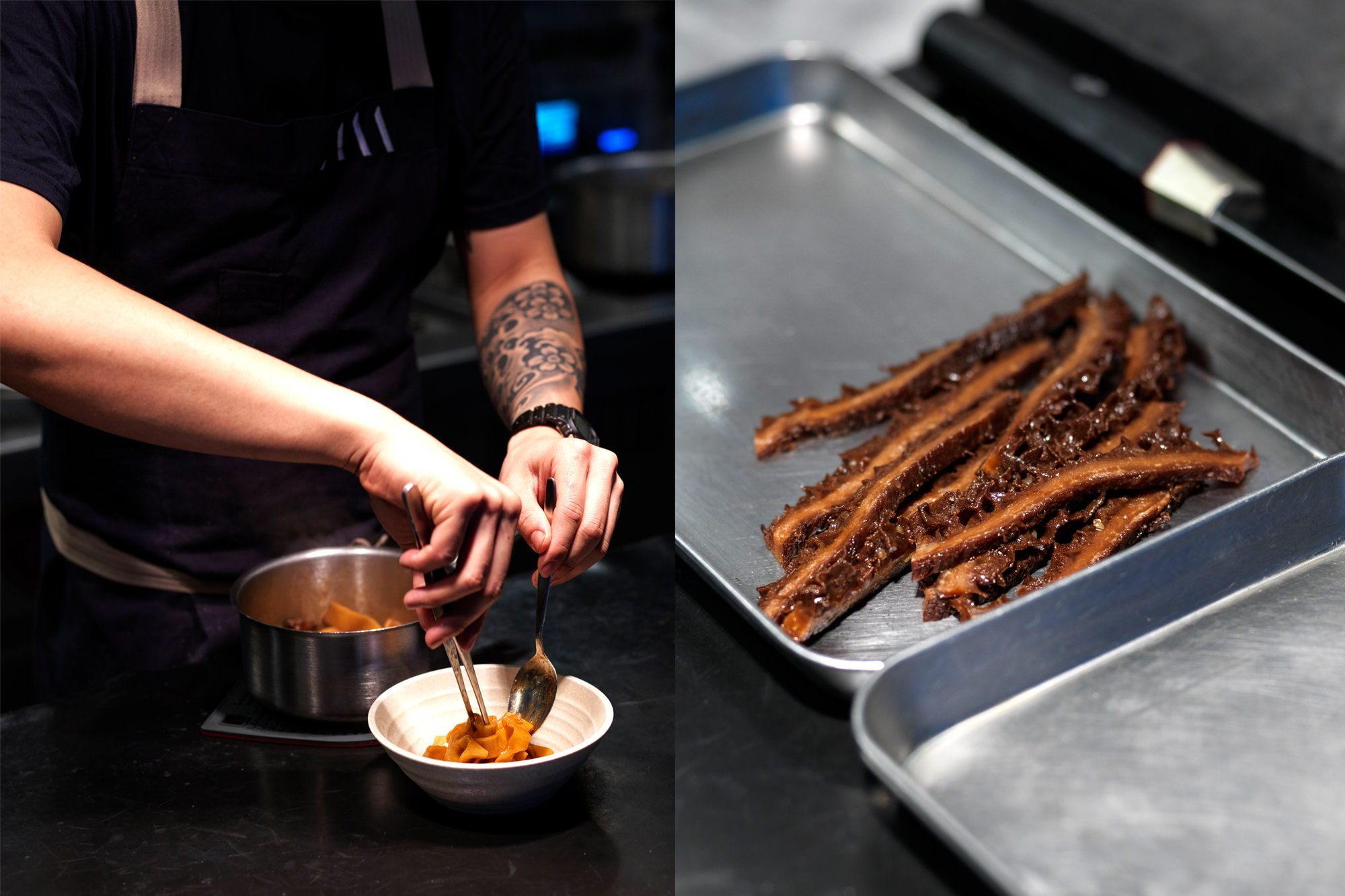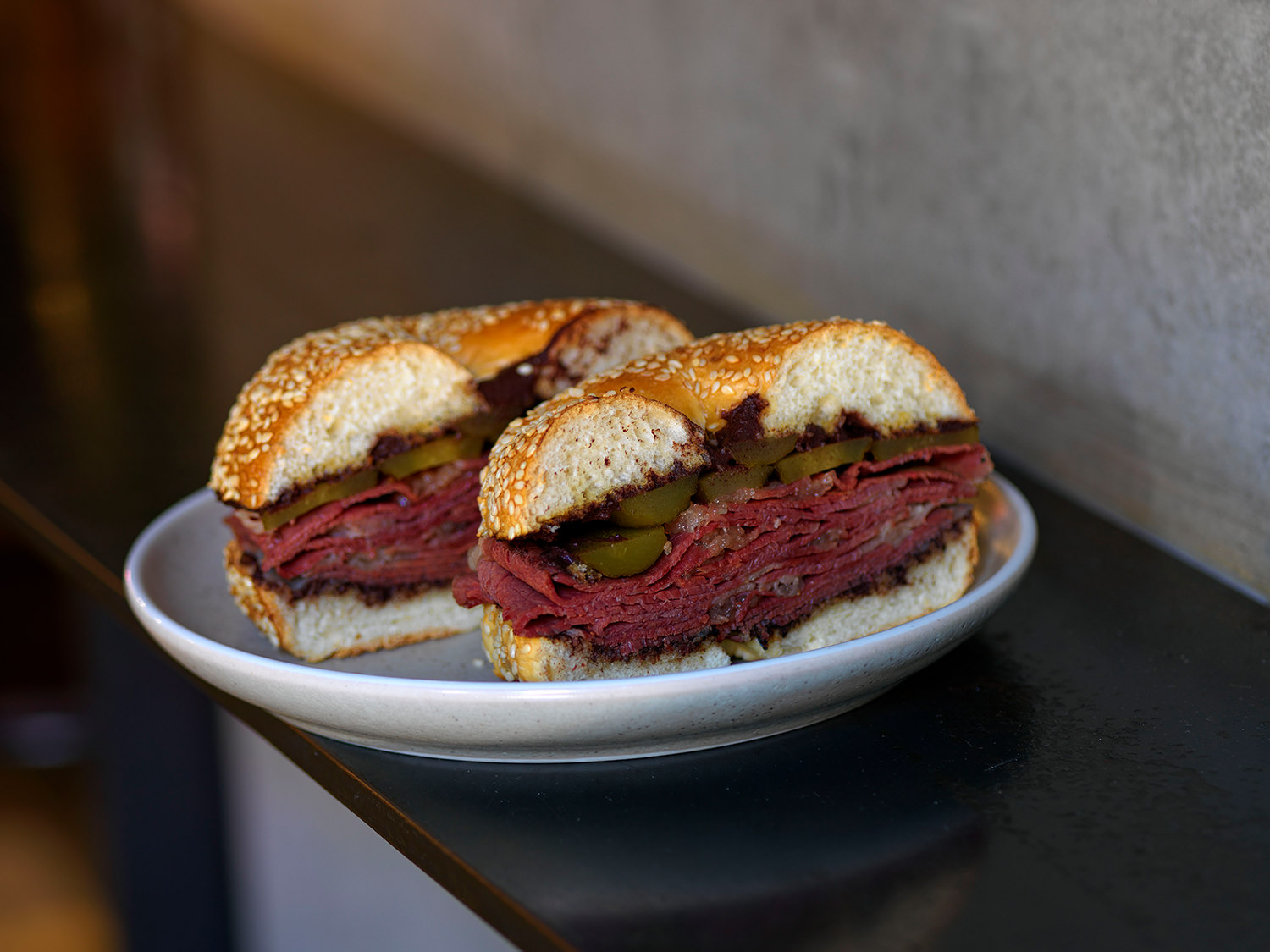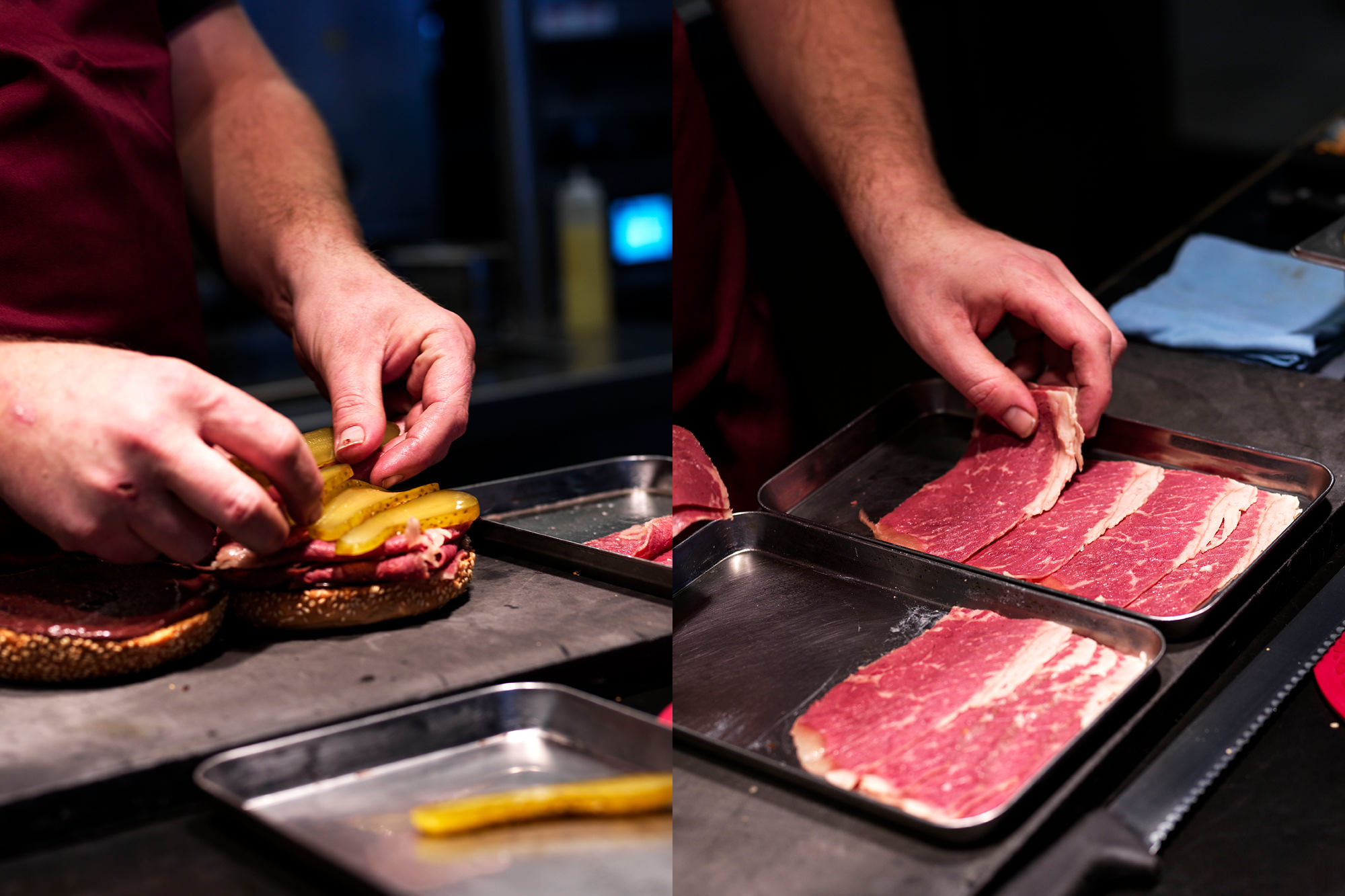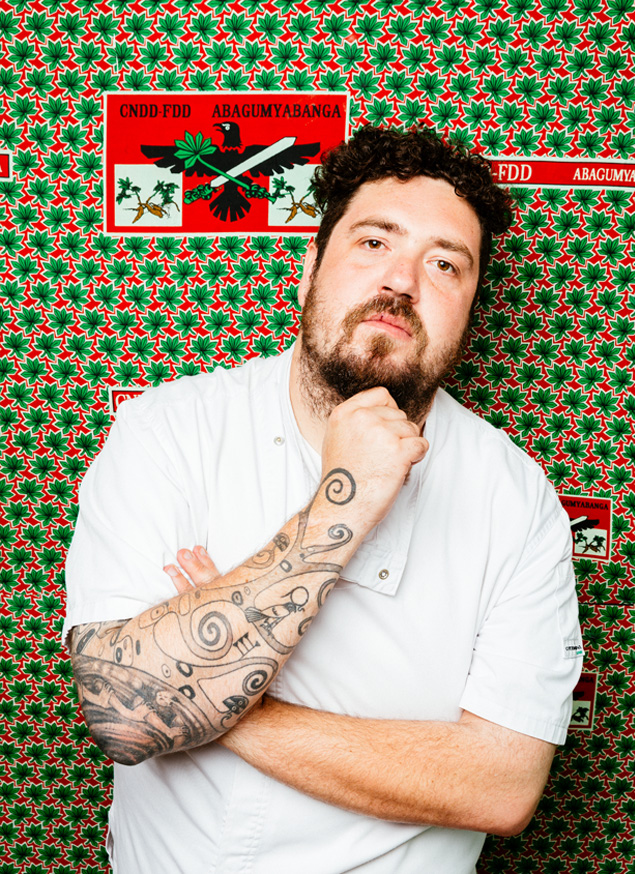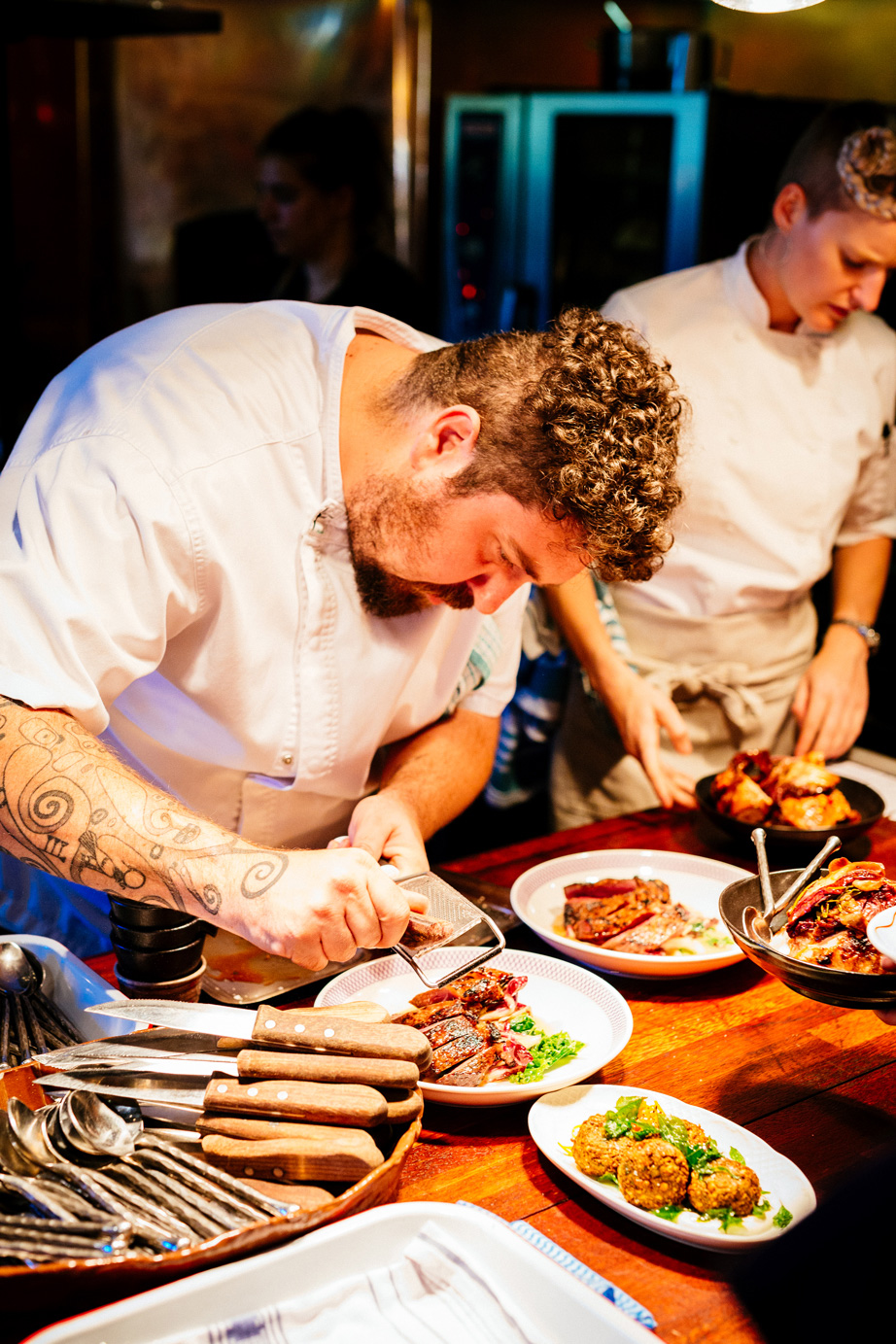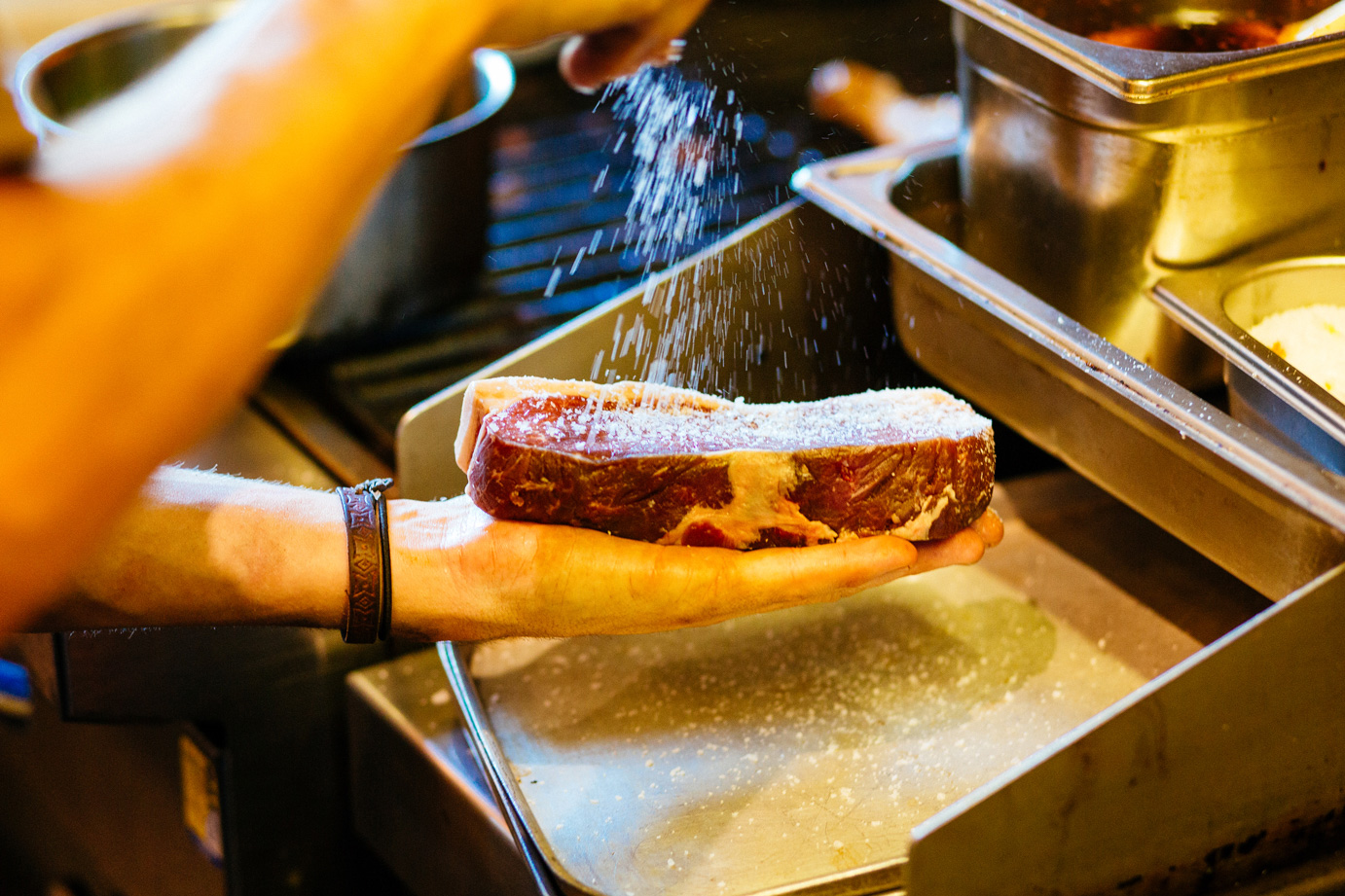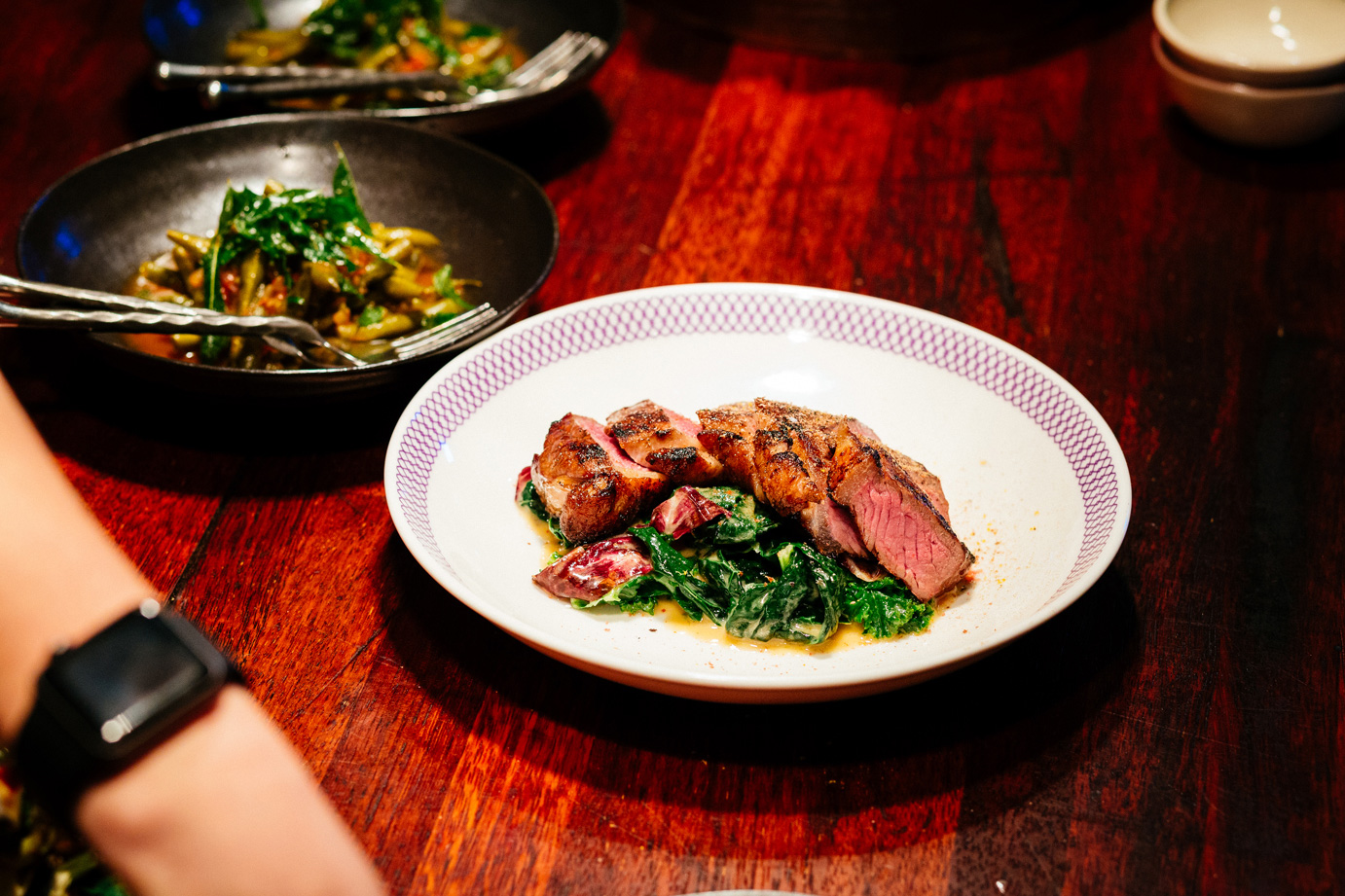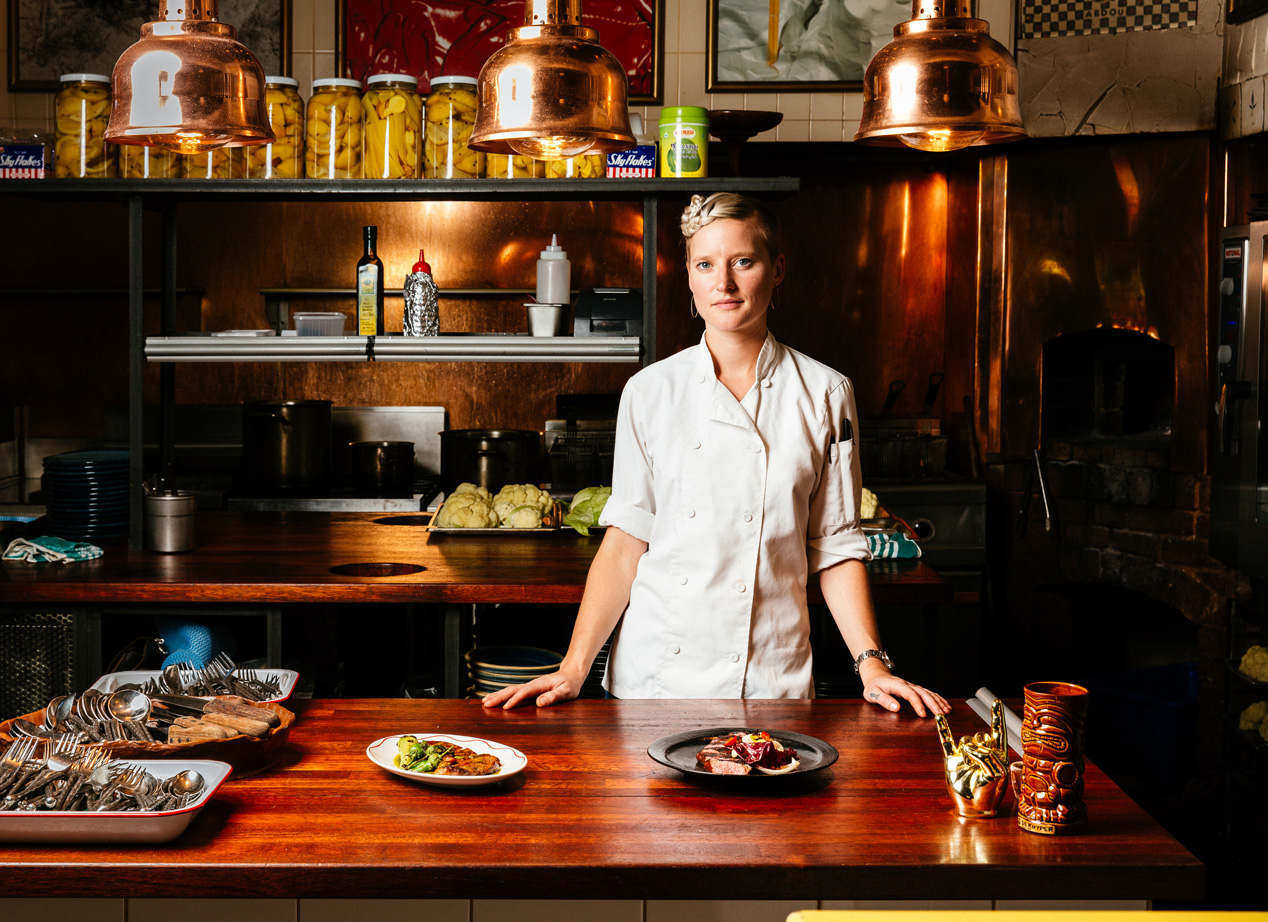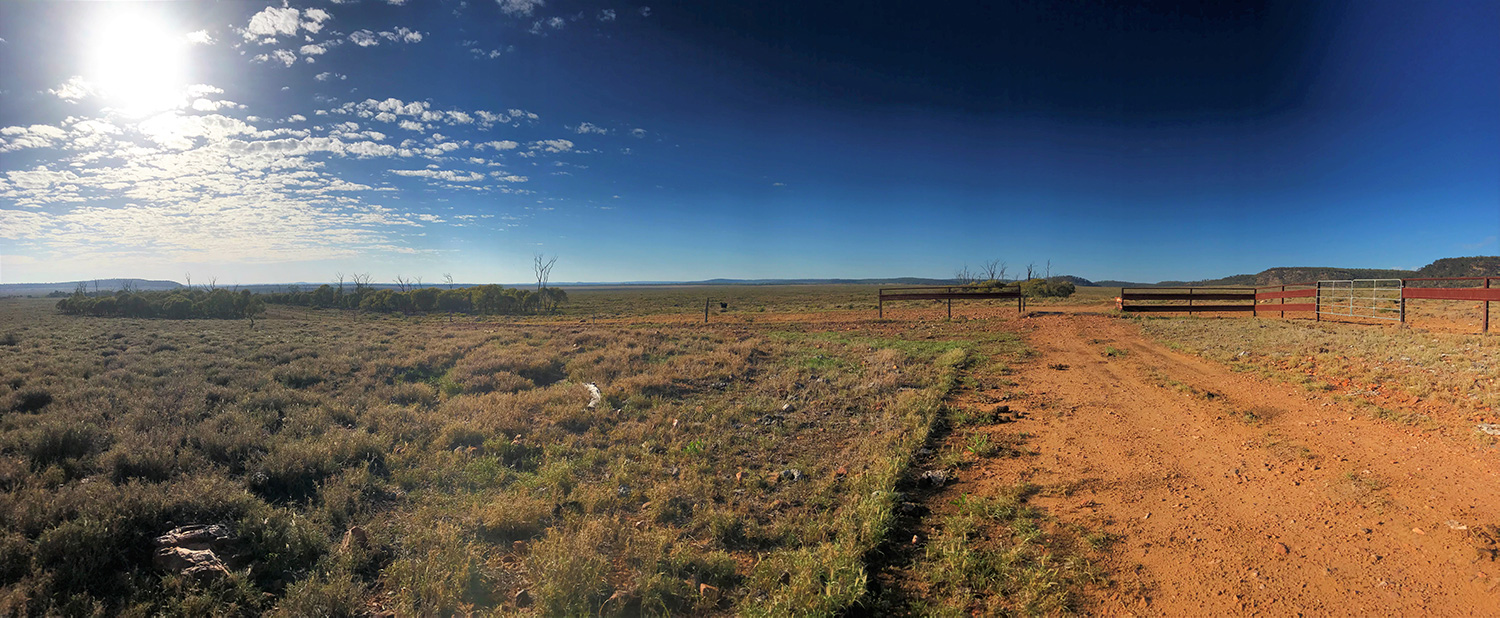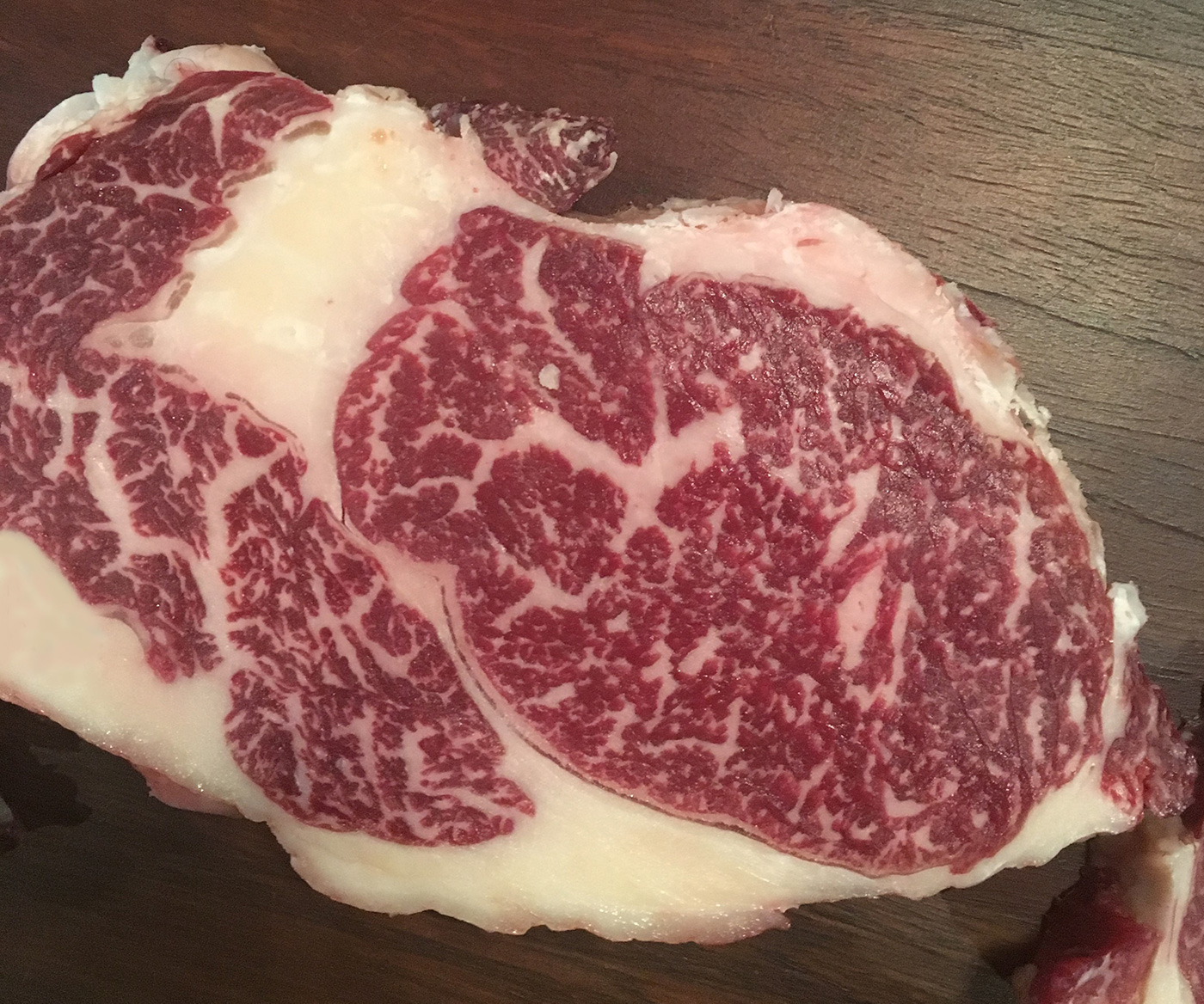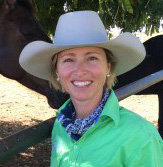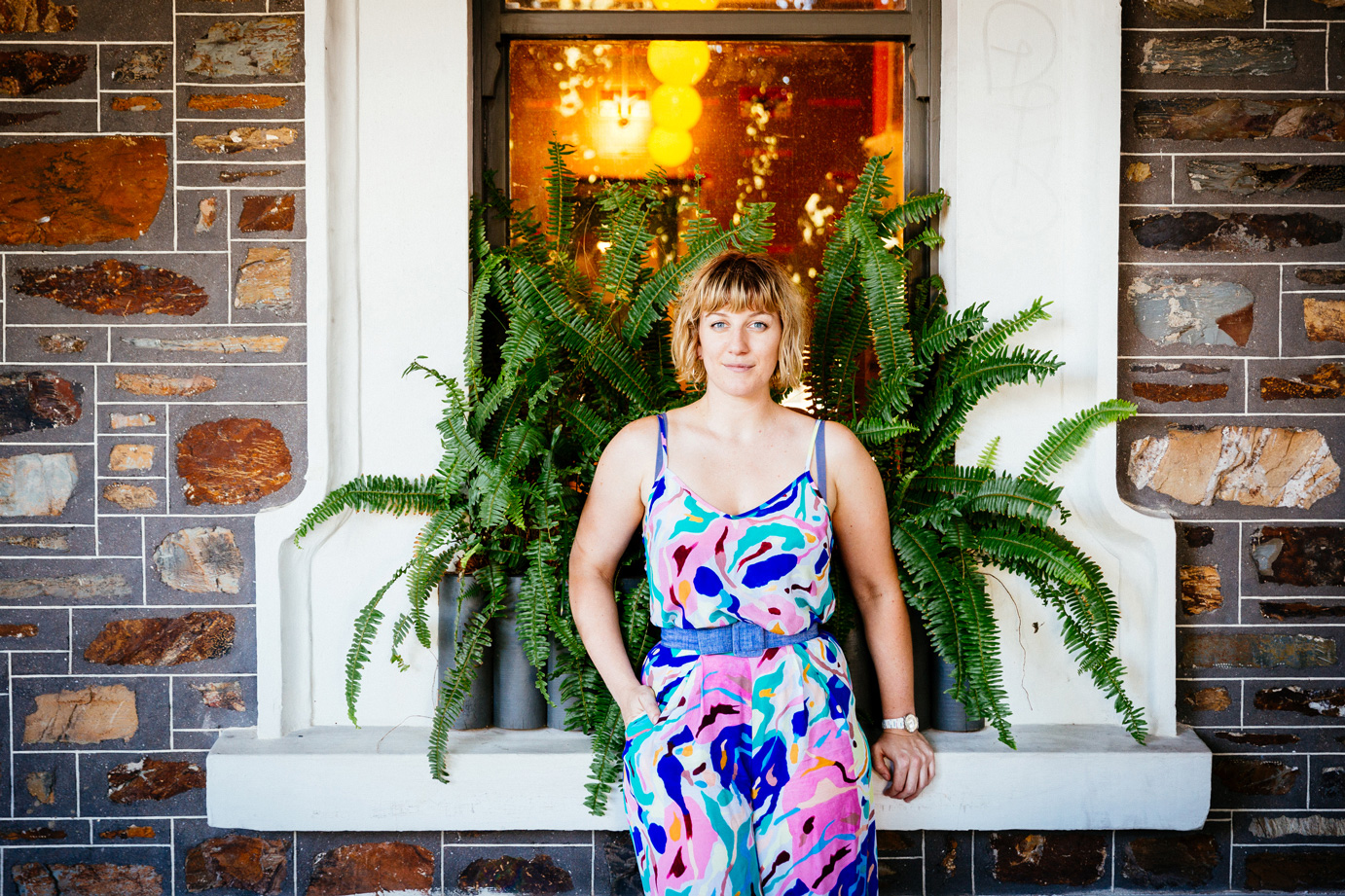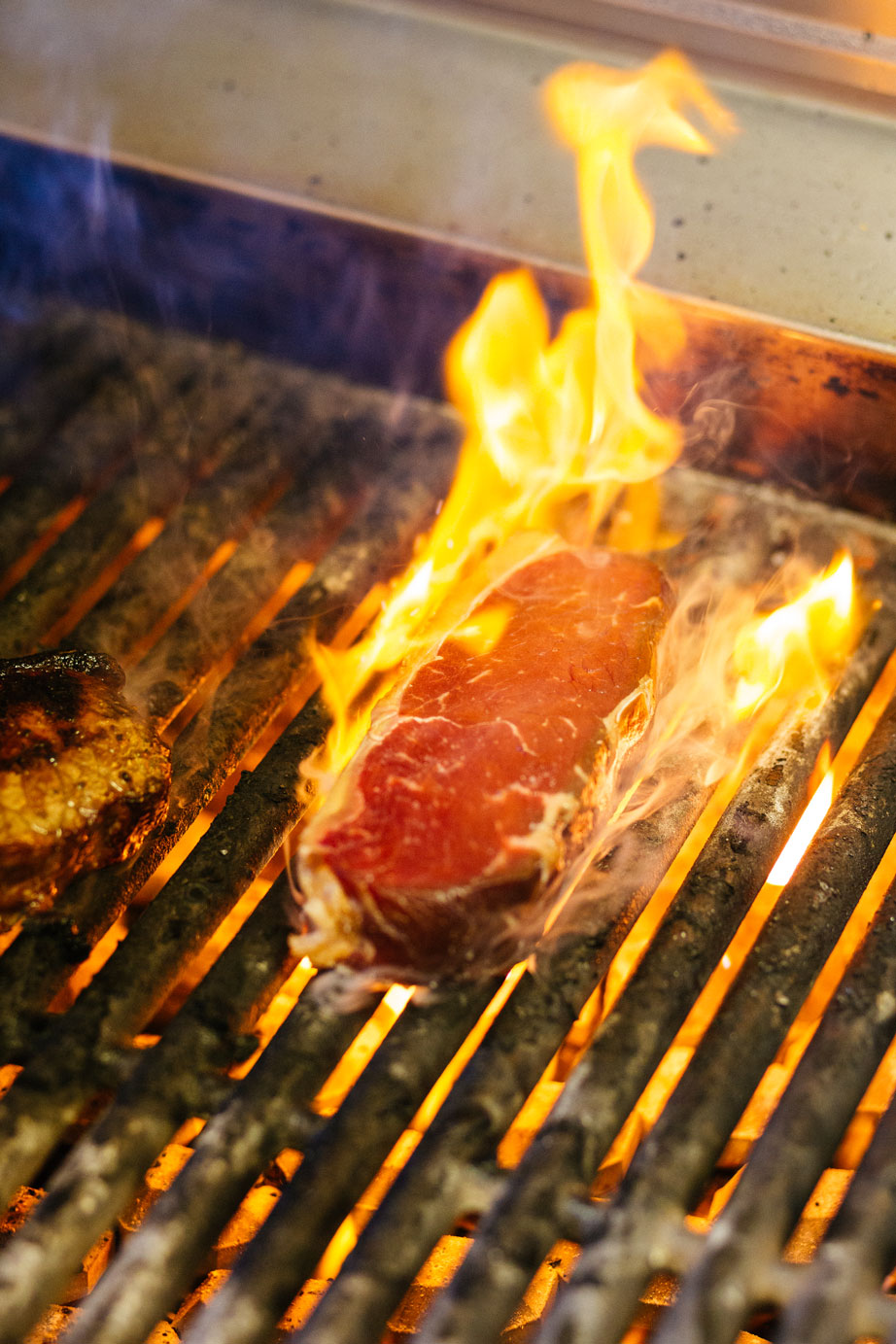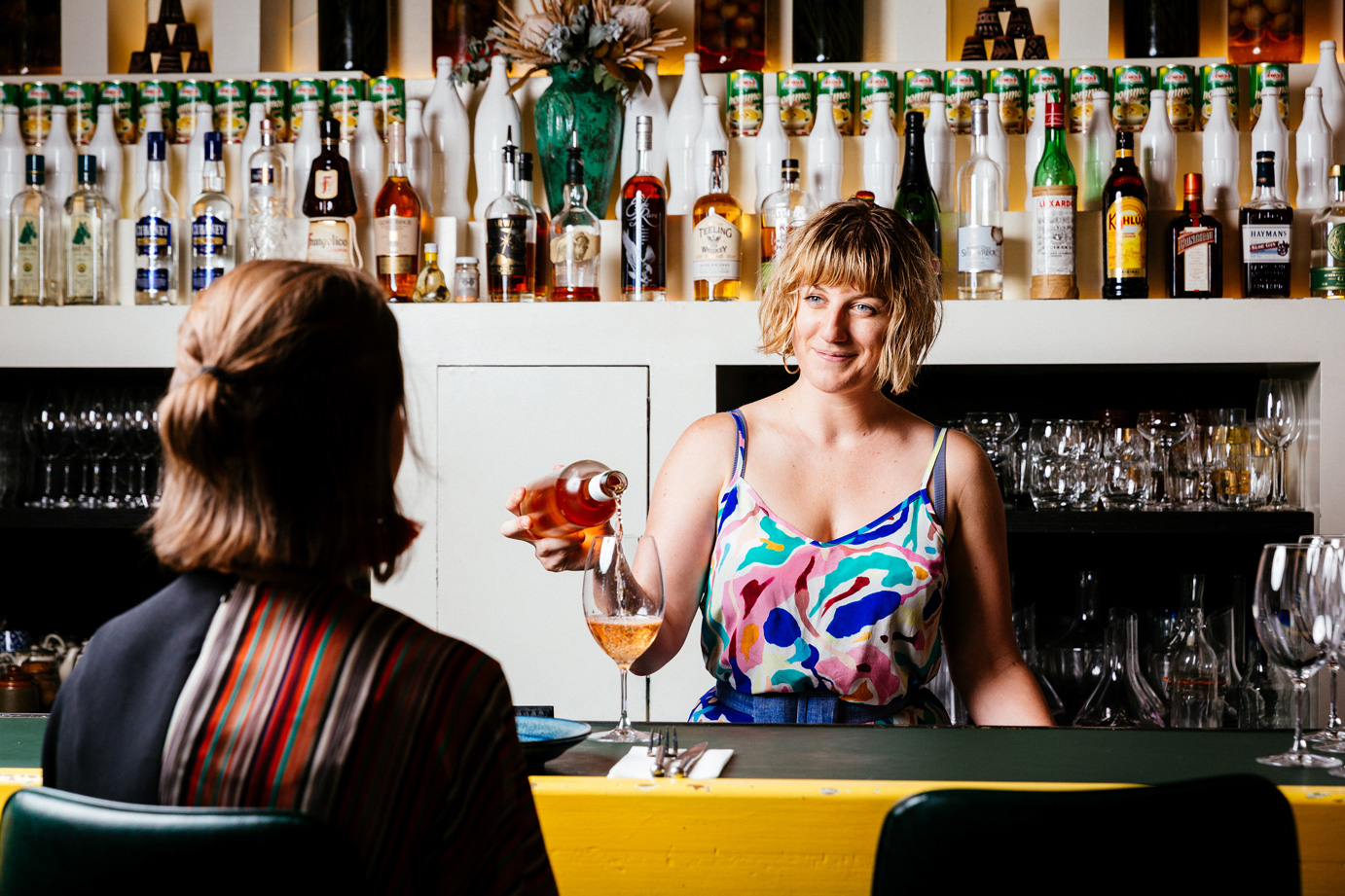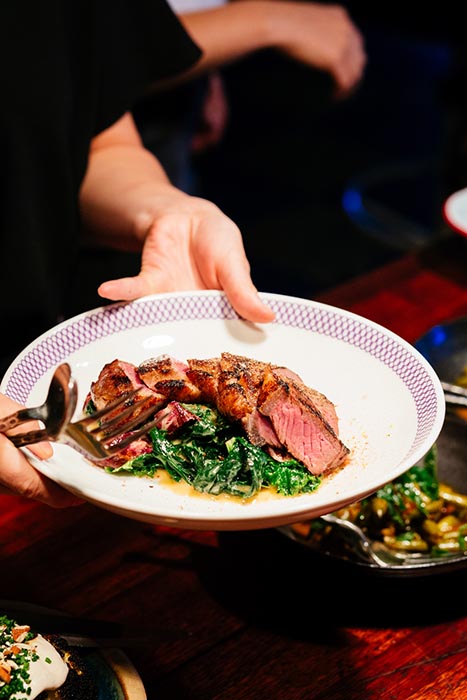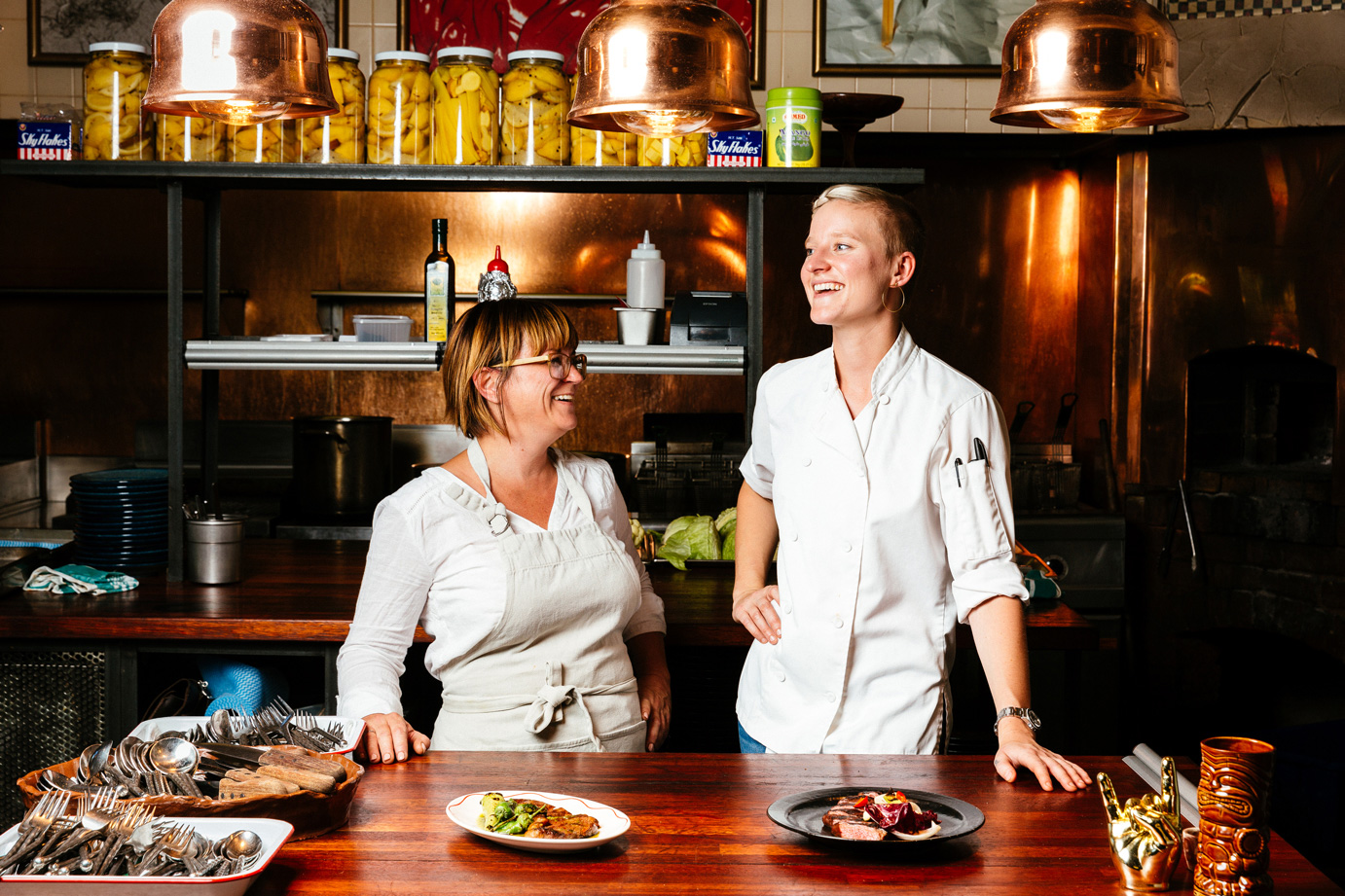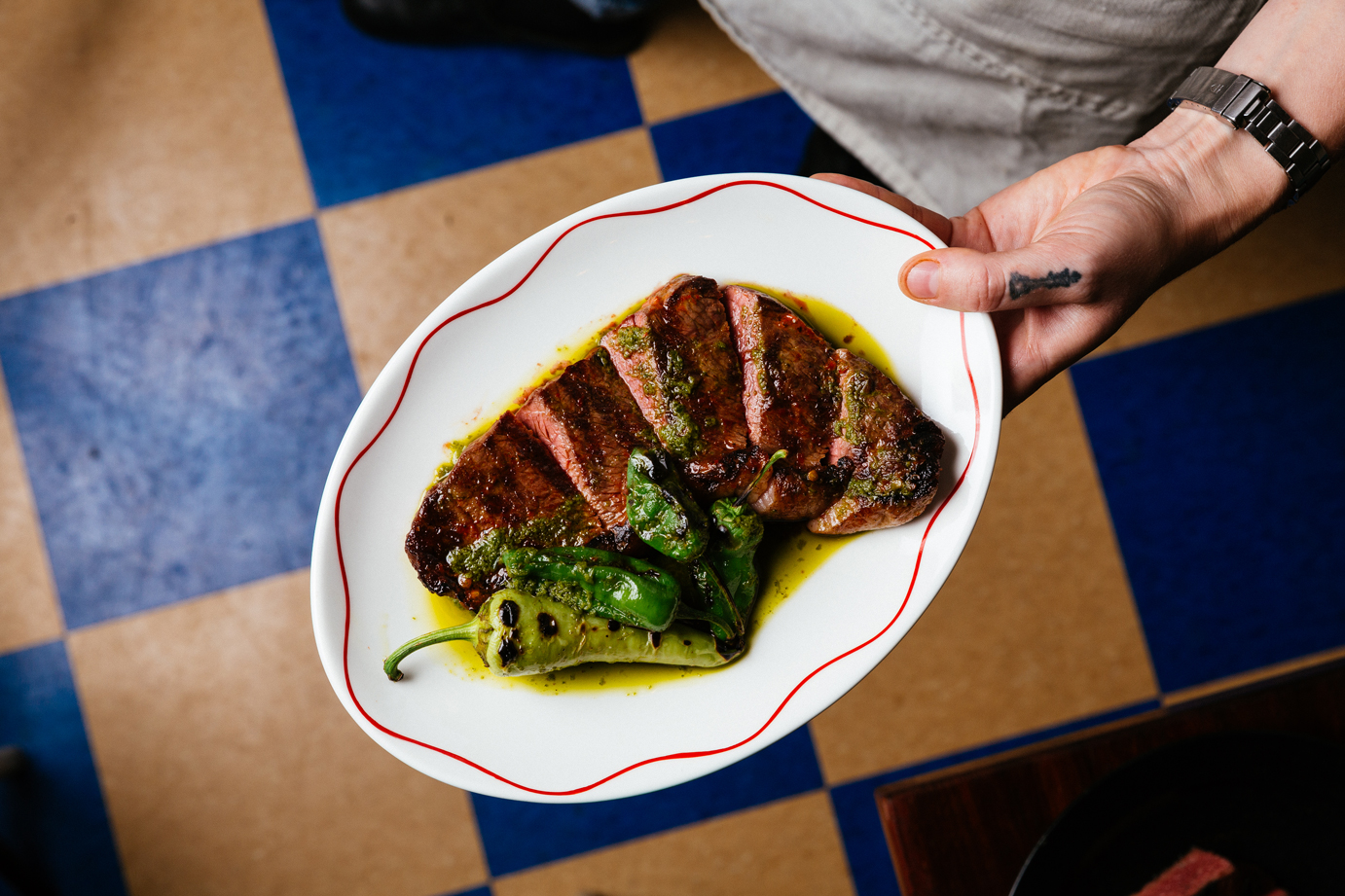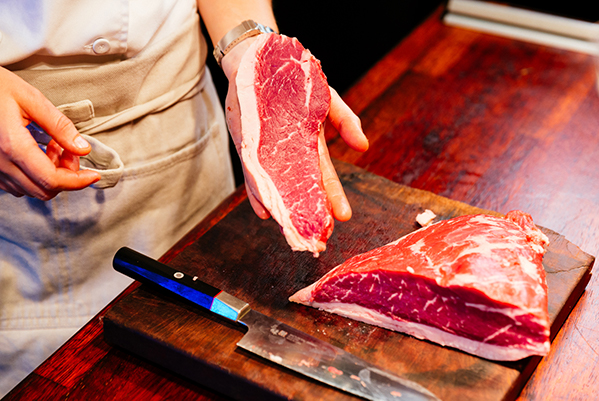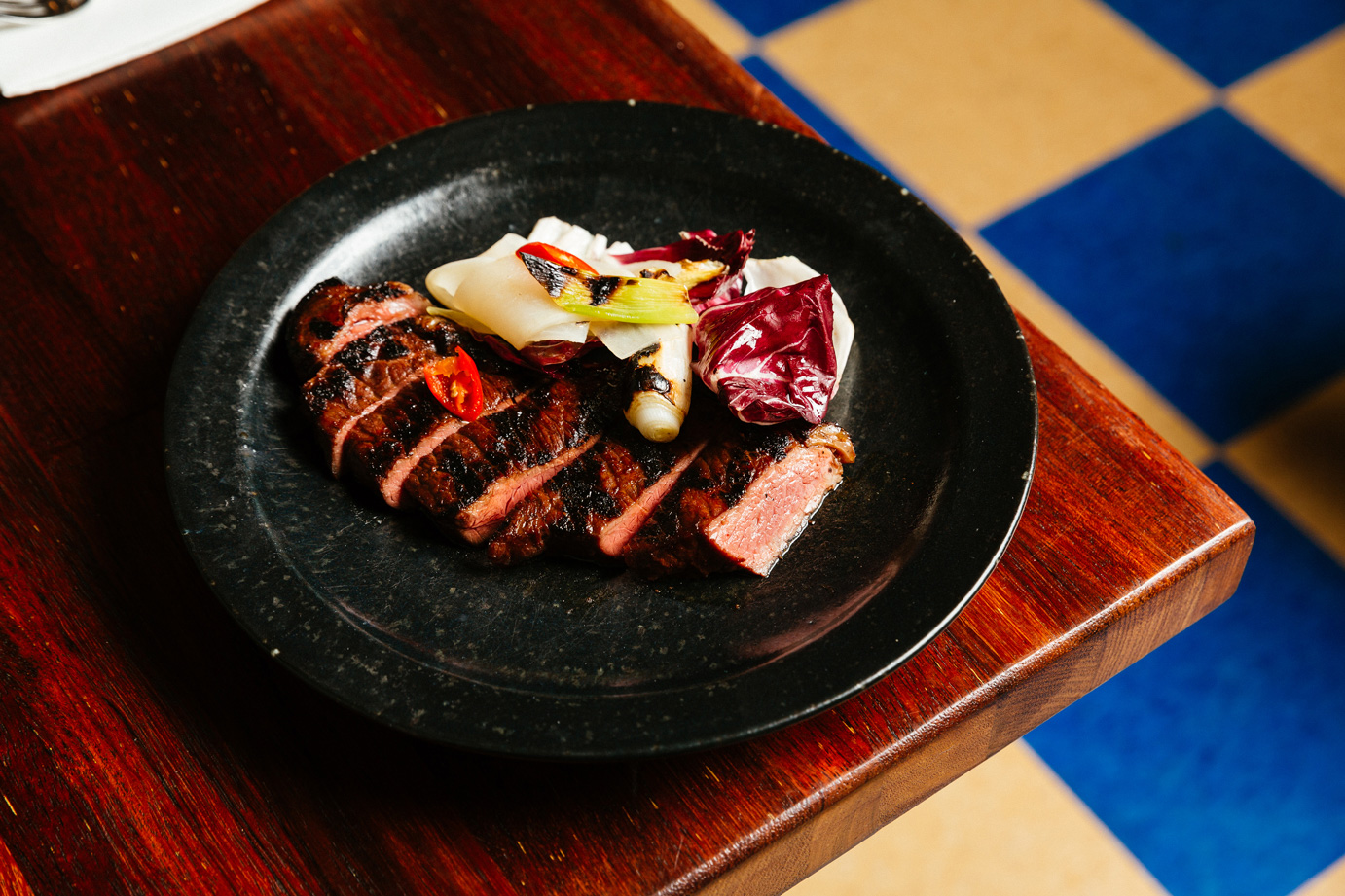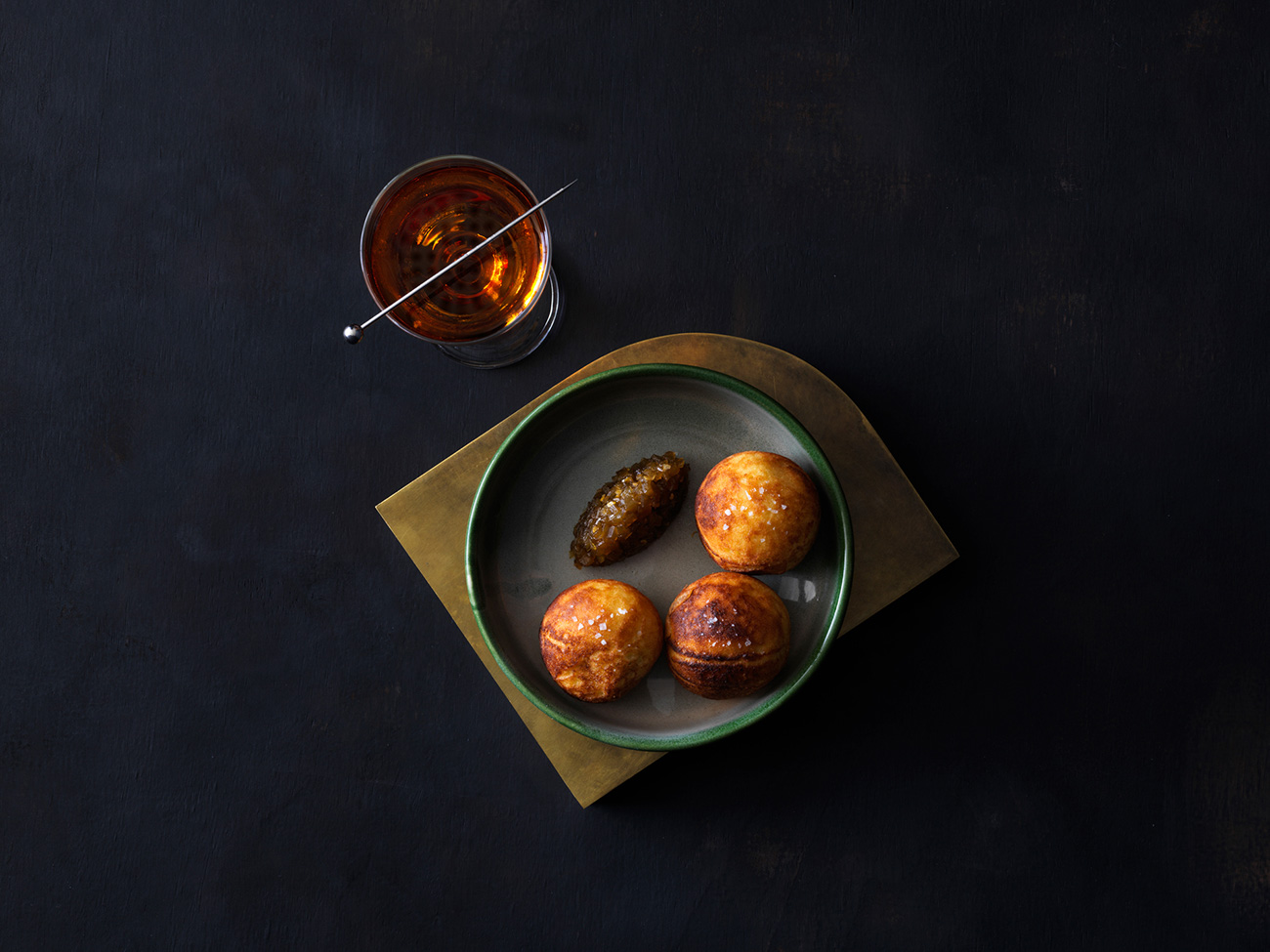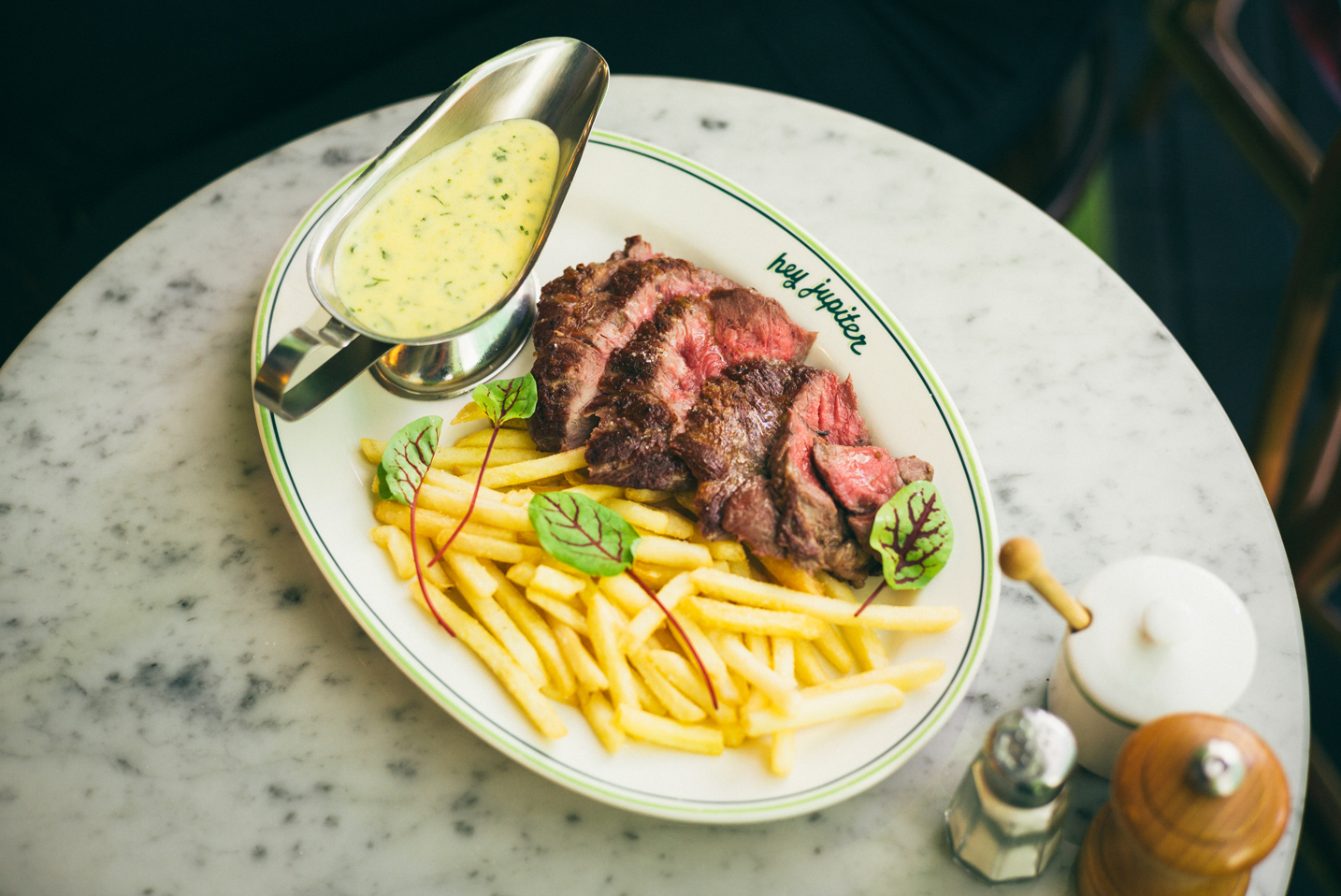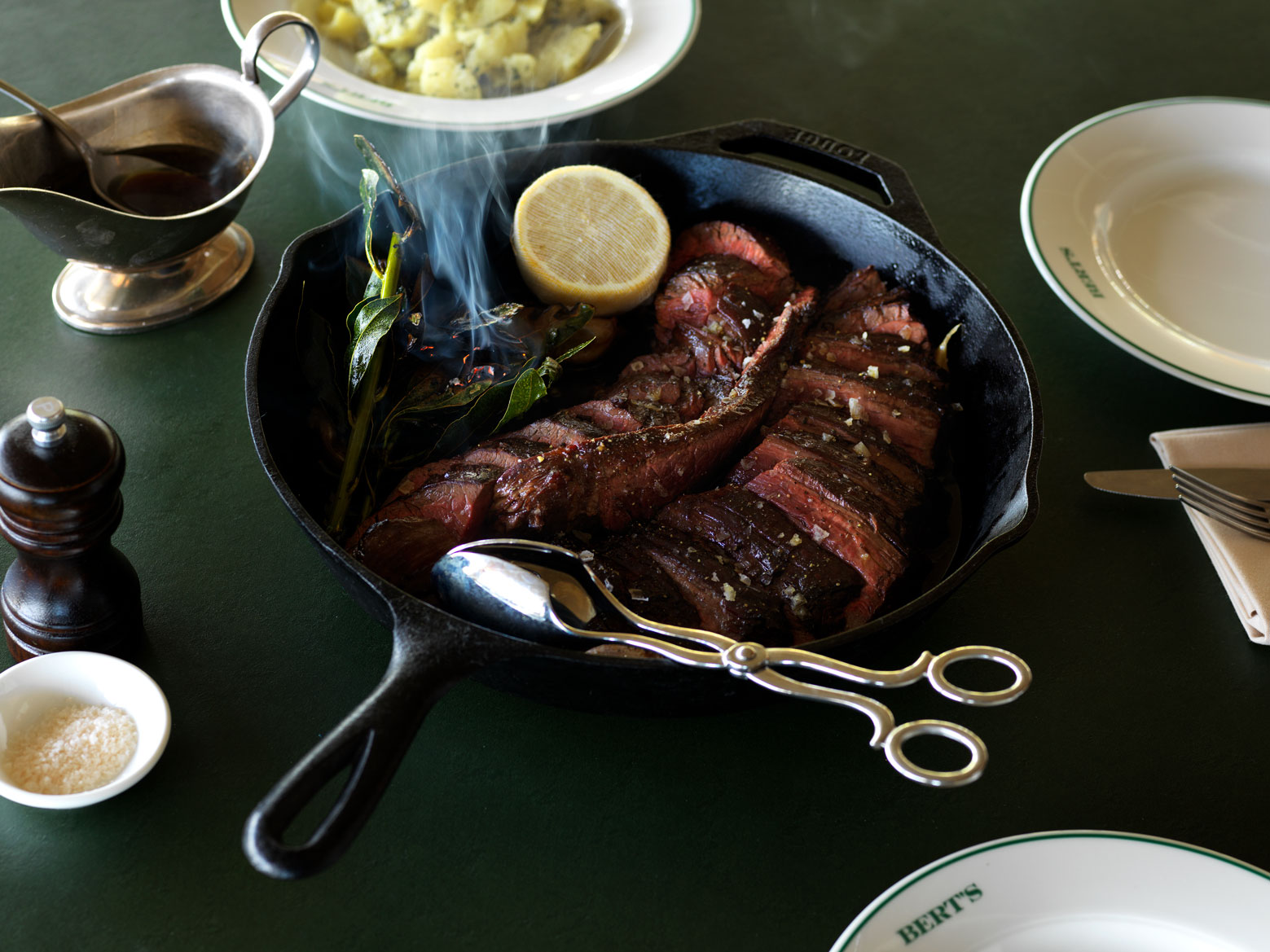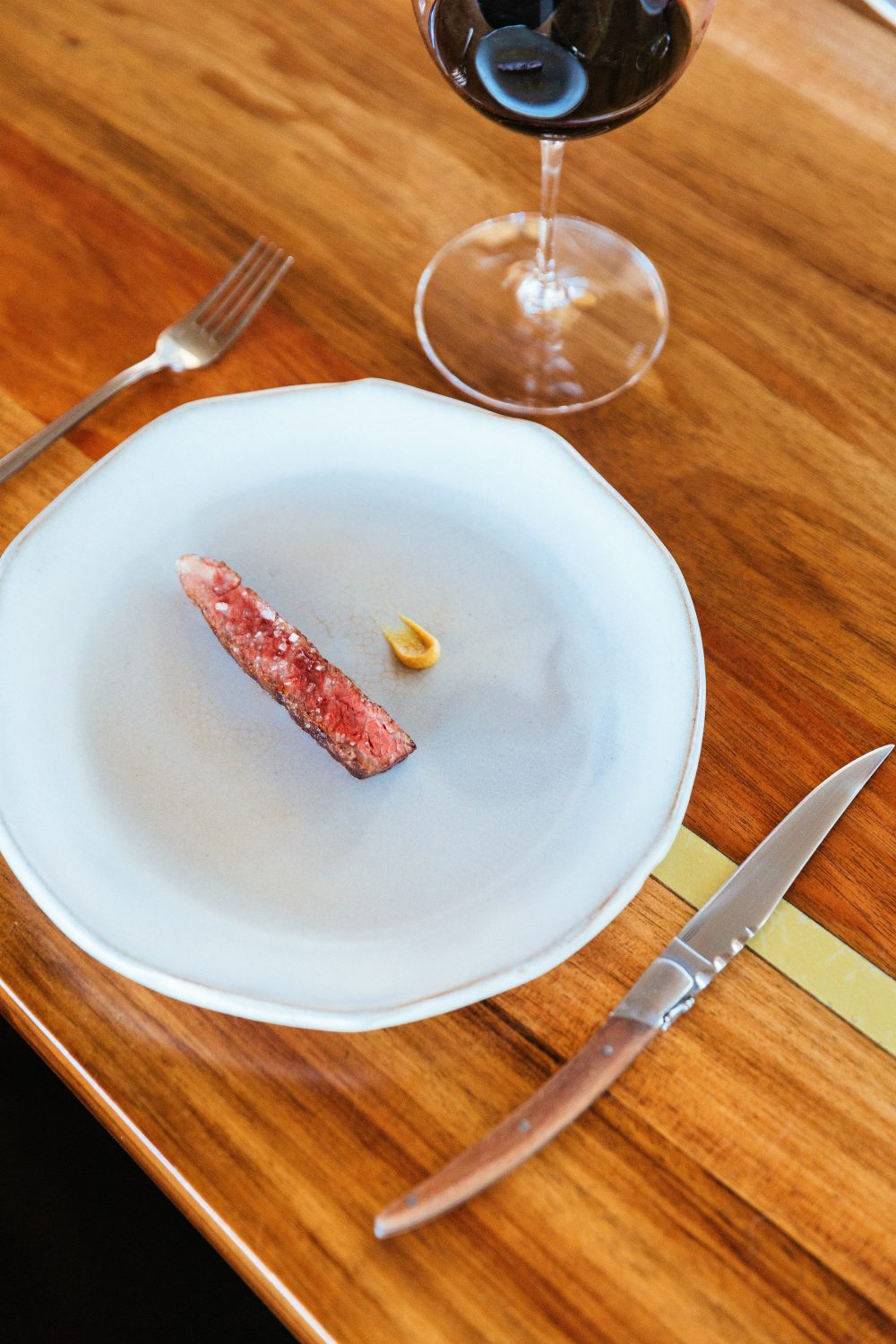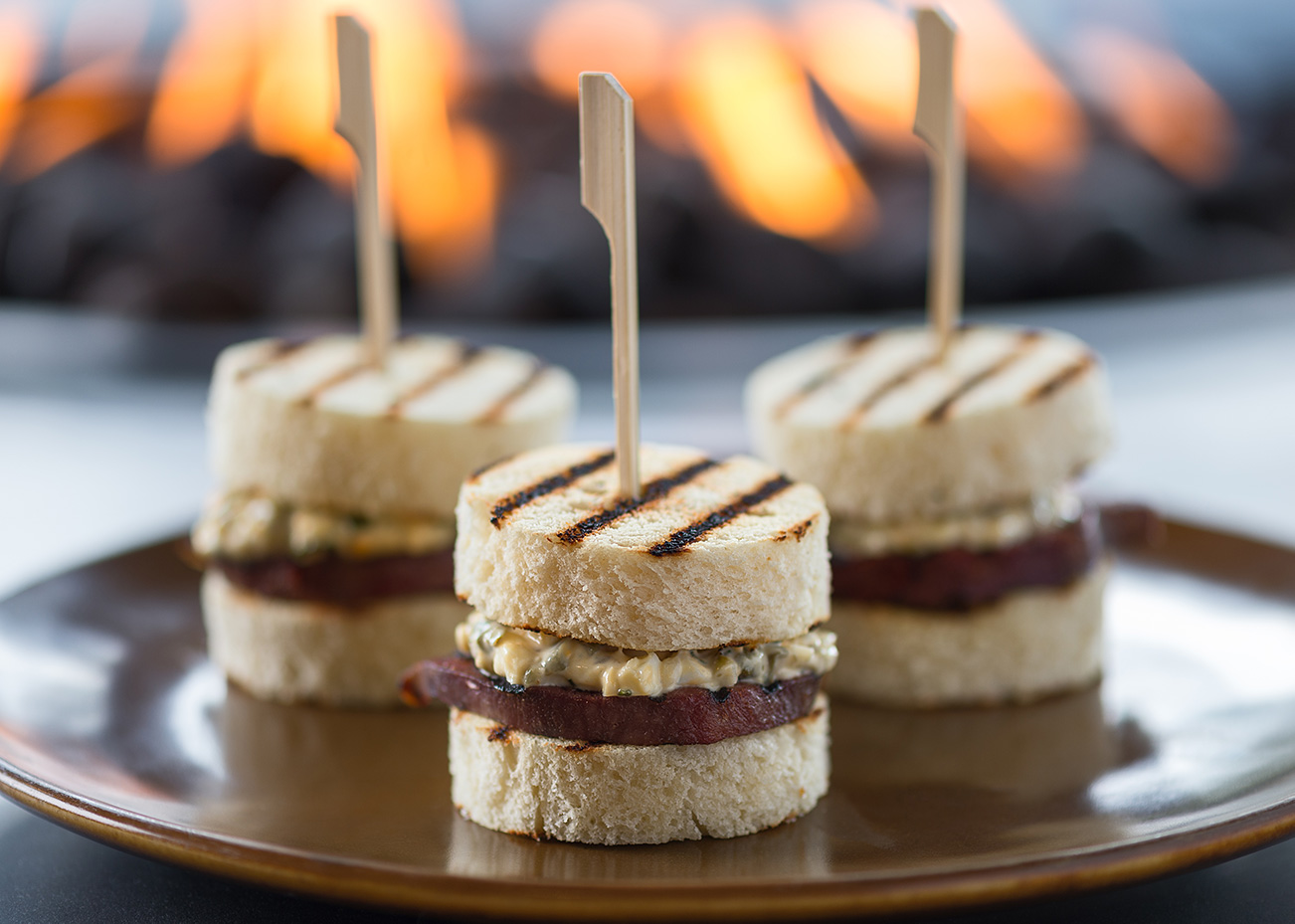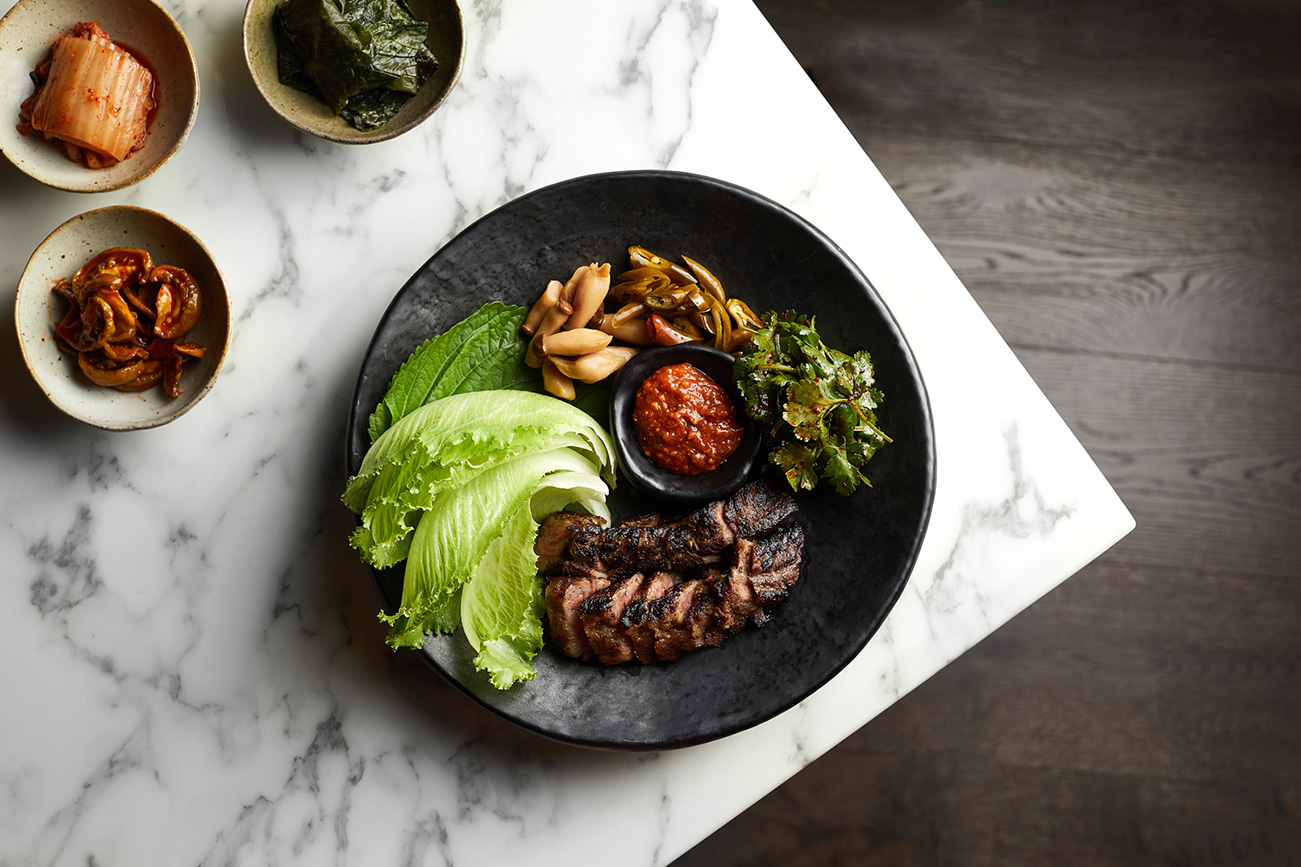“Every day here at home we eat this beautiful organic grass-fed Wagyu with exceptional marbling and it’s just this amazing melt in your mouth beef with this incredible earthy grass-fed flavour,” Fred said.
Their vision is to be a leading producer of sought after, superior quality Wagyu and organic Wagyu with the capacity to satisfy premium niche markets both nationally and internationally.
“We think it is a more accessible style of Wagyu and there is no one currently producing organic grass-fed Wagyu at scale – but it’s not without its challenges. Specifically, the ability to consistently generate the same level of marbling as the grain-fed product,” Fred said.
Sarah, who recently completed a research paper on grass-fed Wagyu production, believes that advancements in agri-technology are a key part to ensuring a consistently excellent grass-fed product.
“There’s so many exciting innovations in technology that are helping us to drive productivity while delivering a consistently excellent grass-fed Wagyu product. We are currently developing a custom genomic test that predicts carcase traits and identifies the animals with the best genetic potential to marble specific to our environmental conditions,” she said.
“We are also running supplementary feeding trials which utilise walk over weighing technology to auto-draft steers from the same paddock onto different feed regimes. This allows us to compare the cost versus benefit of different supplementary feed regimes within a set pasture condition,” Fred added.
The Taste Test
Not only are Fred and Sarah producing outstanding Australian beef, but Fred is also a bit of a gun in the kitchen. On our first night at Tumbar, Fred fired up the pans and we had the privilege of trying some Tumbar grass-fed Wagyu for ourselves.
Now if Duncan’s opinion is anything to go by, and we think that it is, then Fred and Sarah are well and truly on to something special.
“For me, this is the best of both worlds – it has the flavour of a grass-fed product but the texture and mouth feel of highly marbled Wagyu. To be fair, it’s probably the best bloody steak I’ve ever eaten, hands down,” he said.


